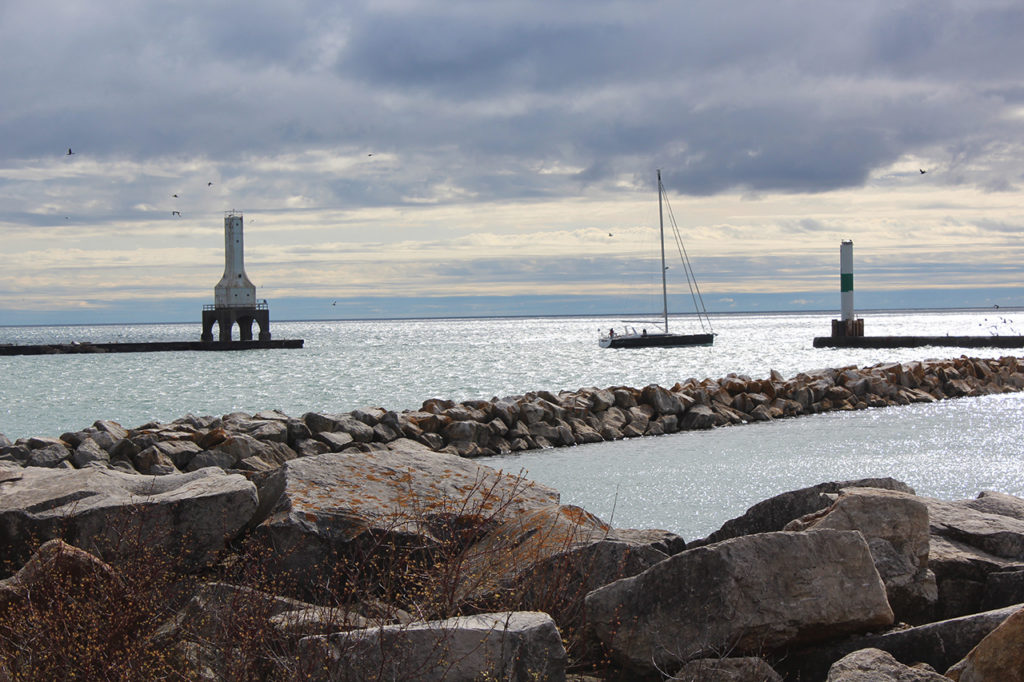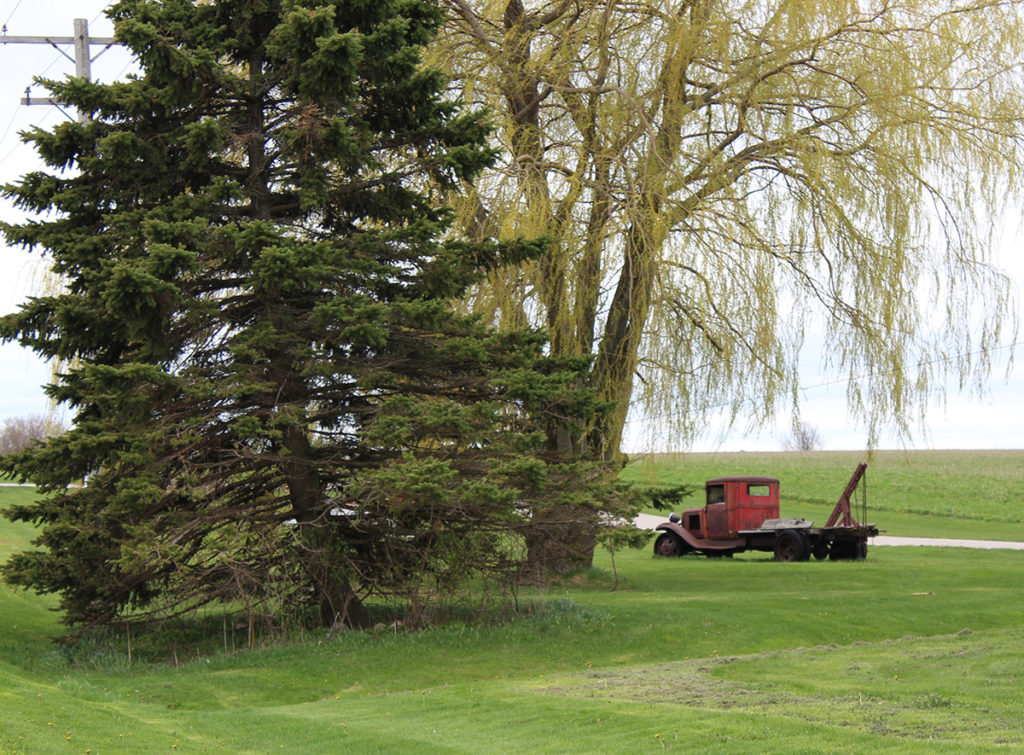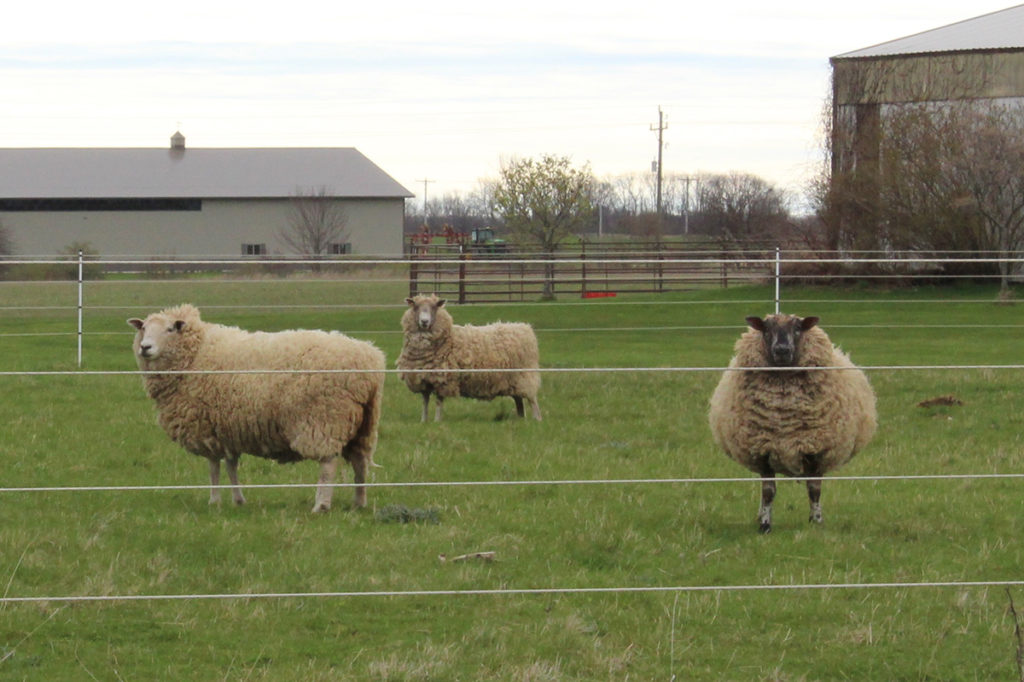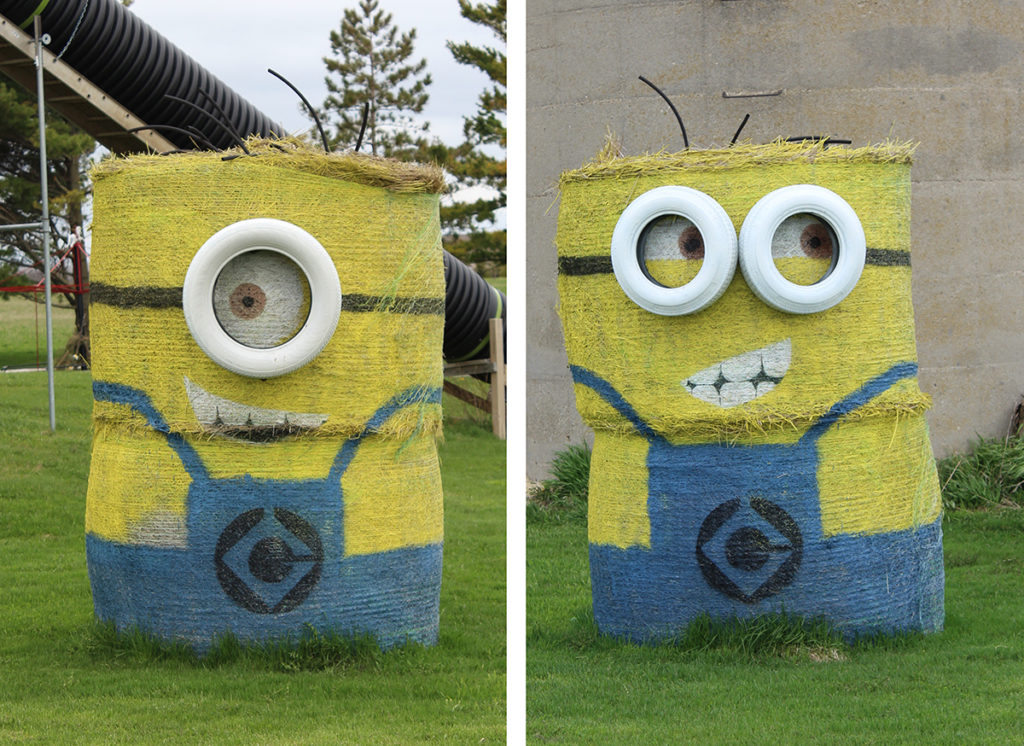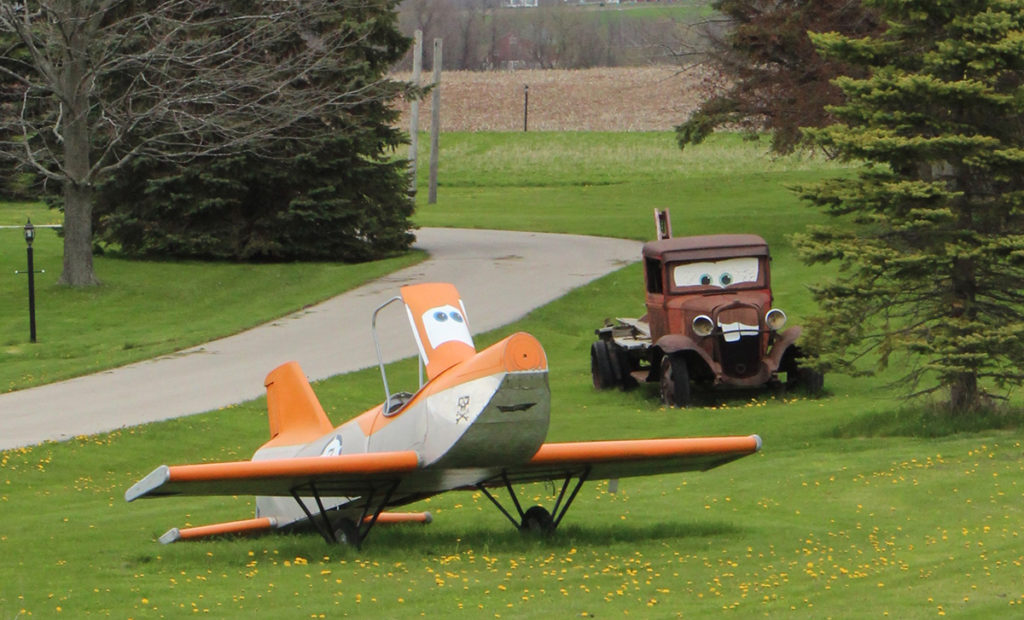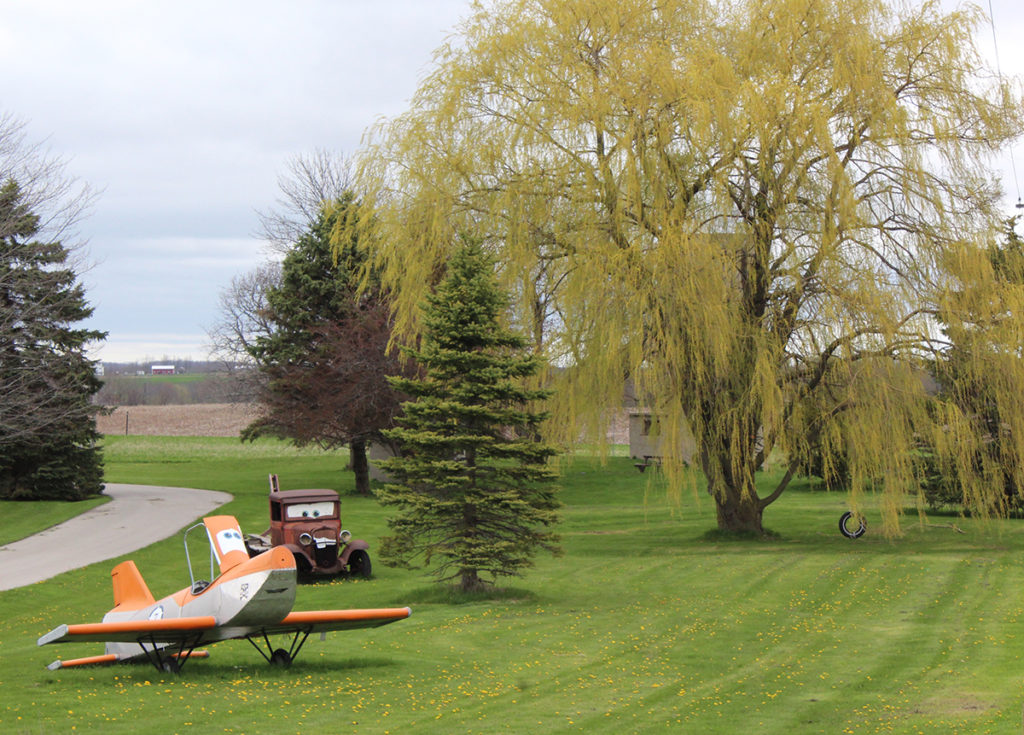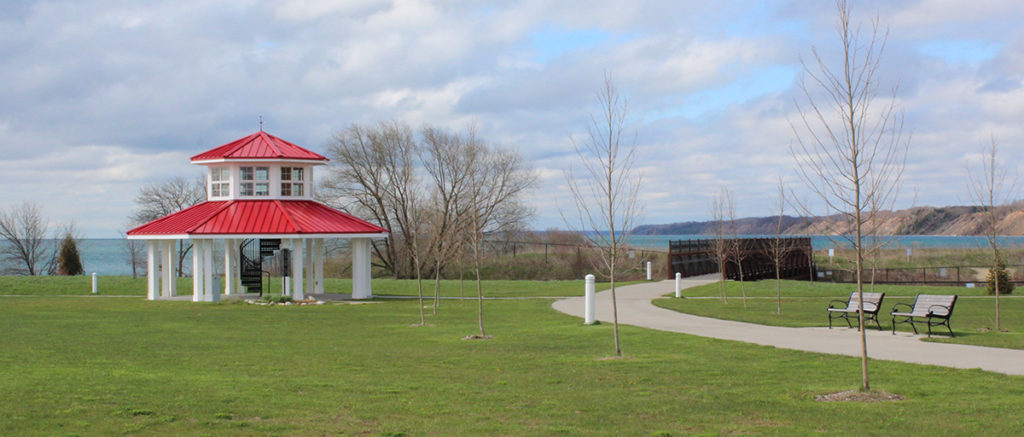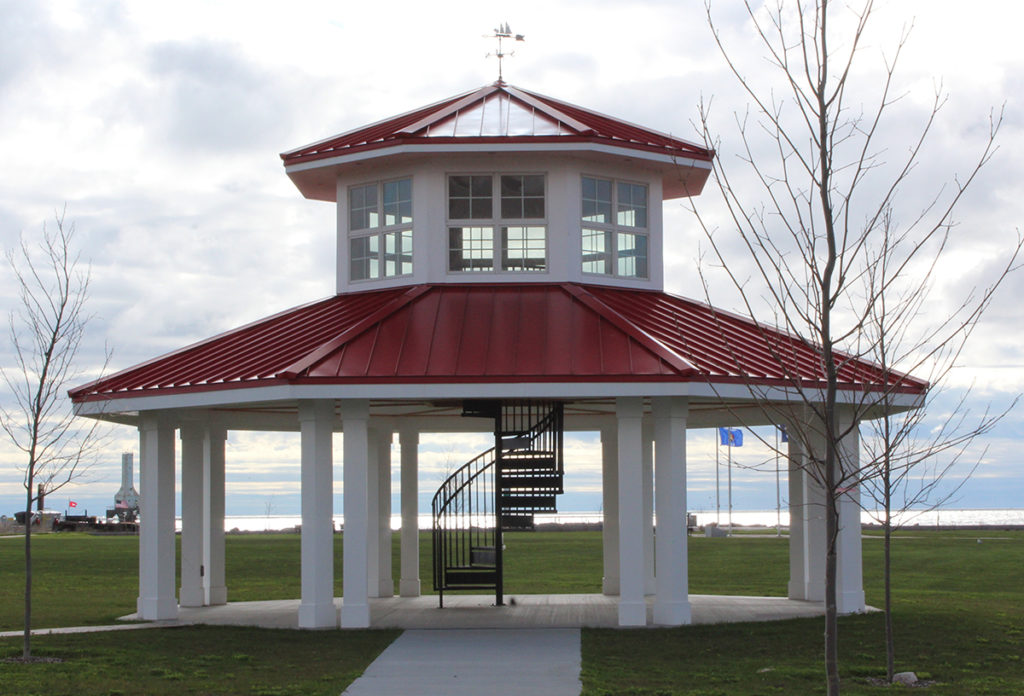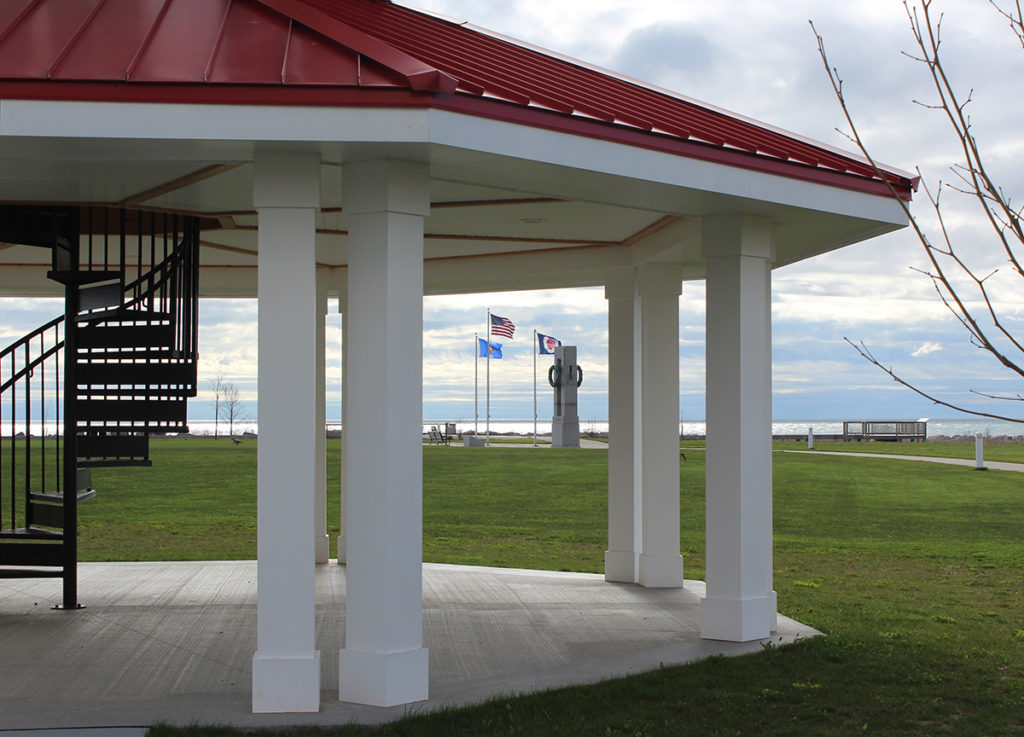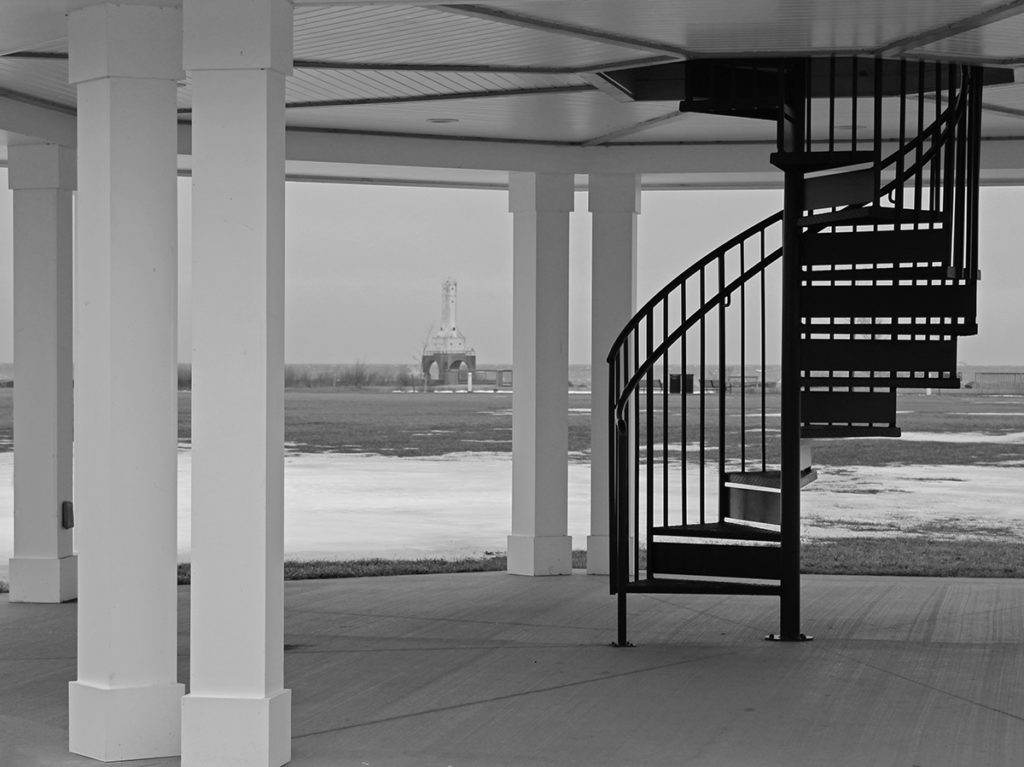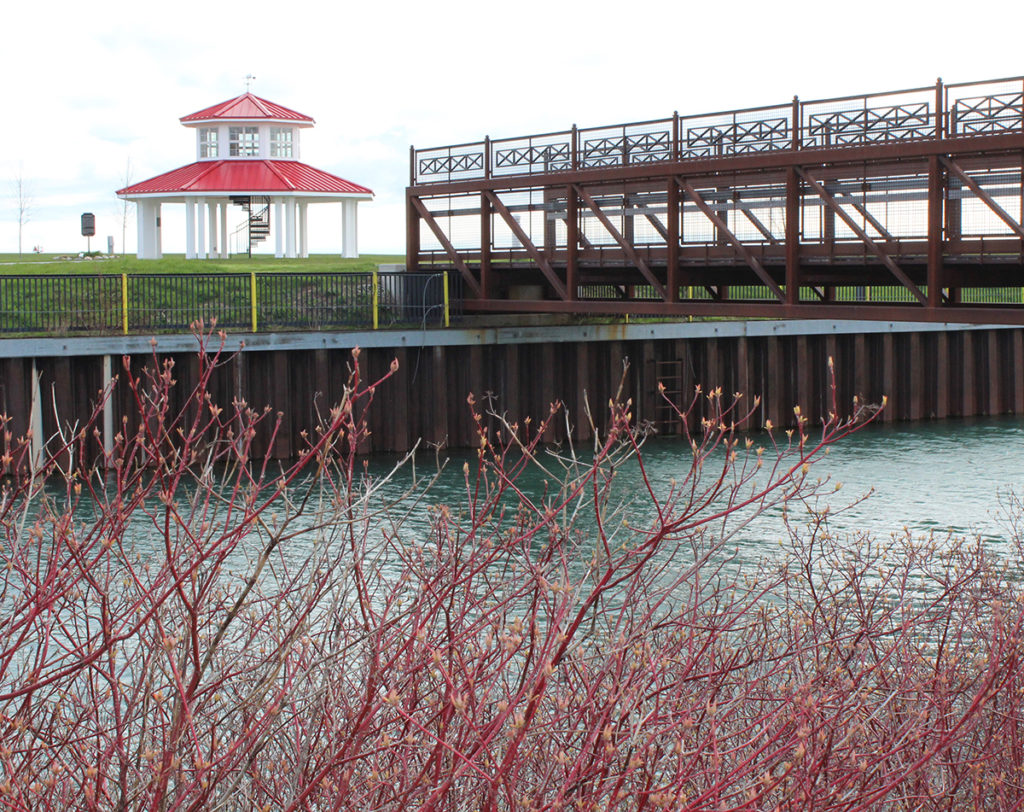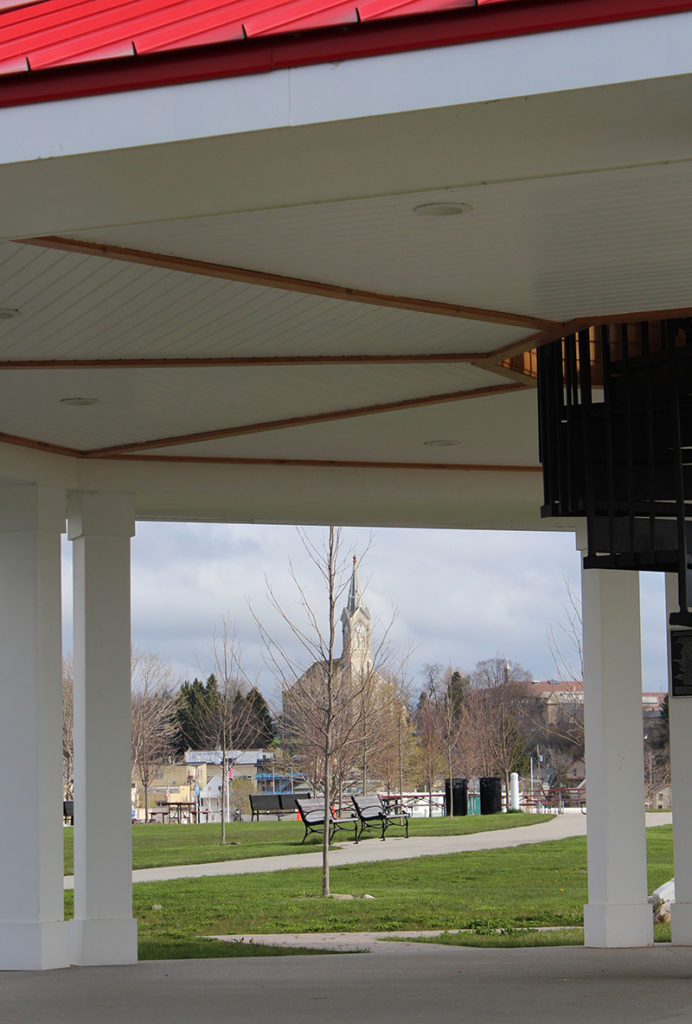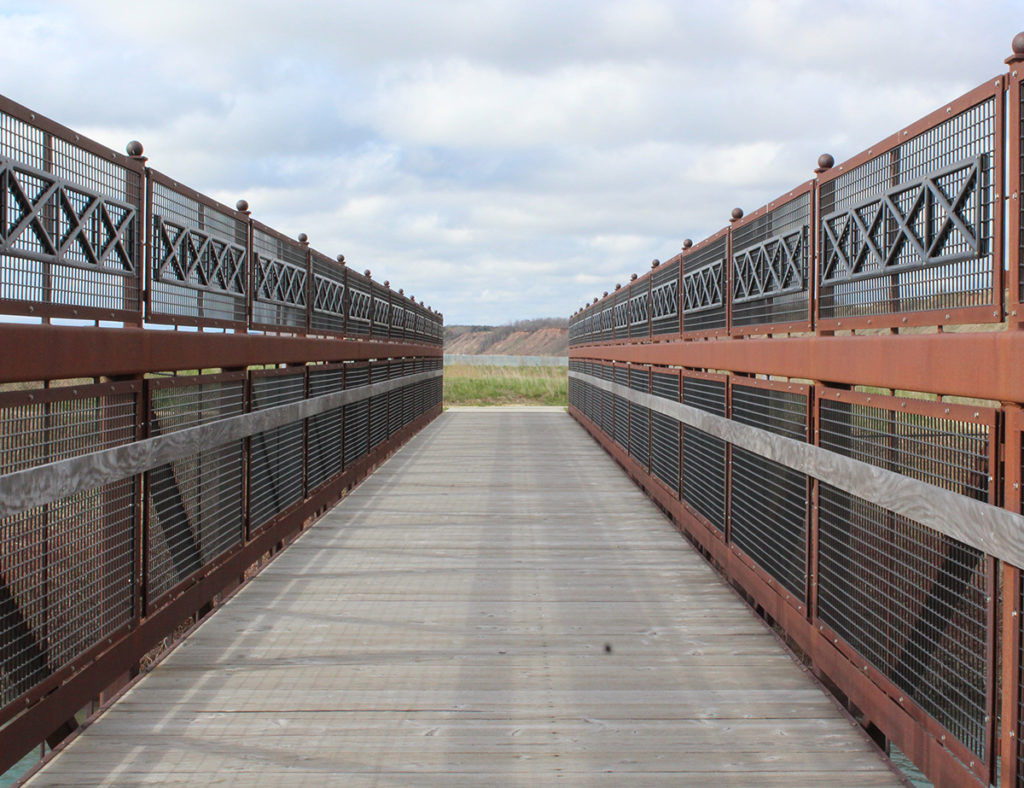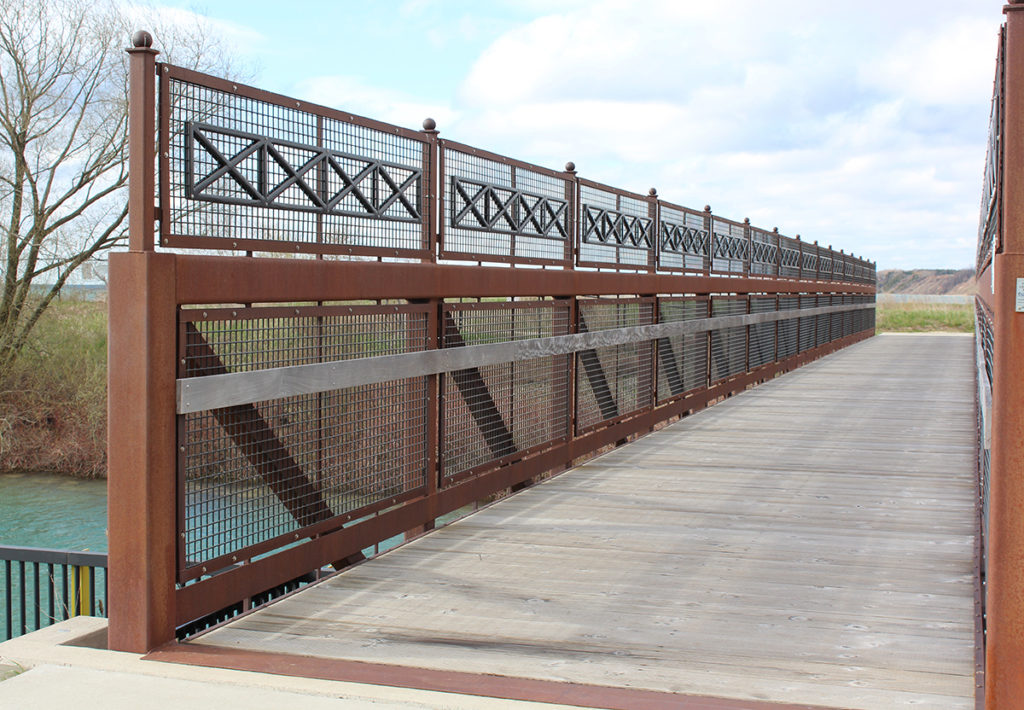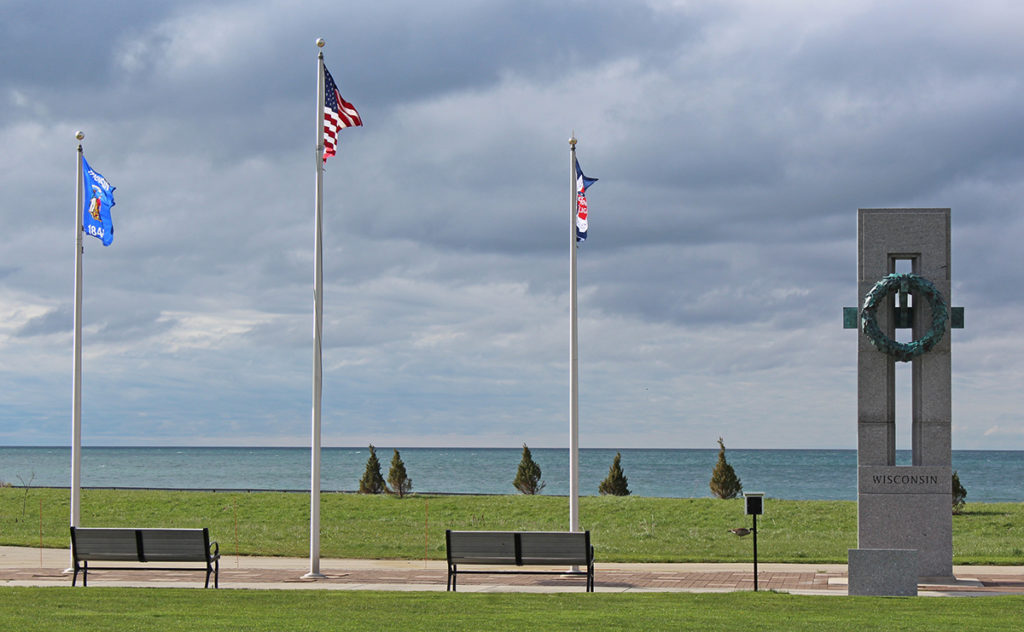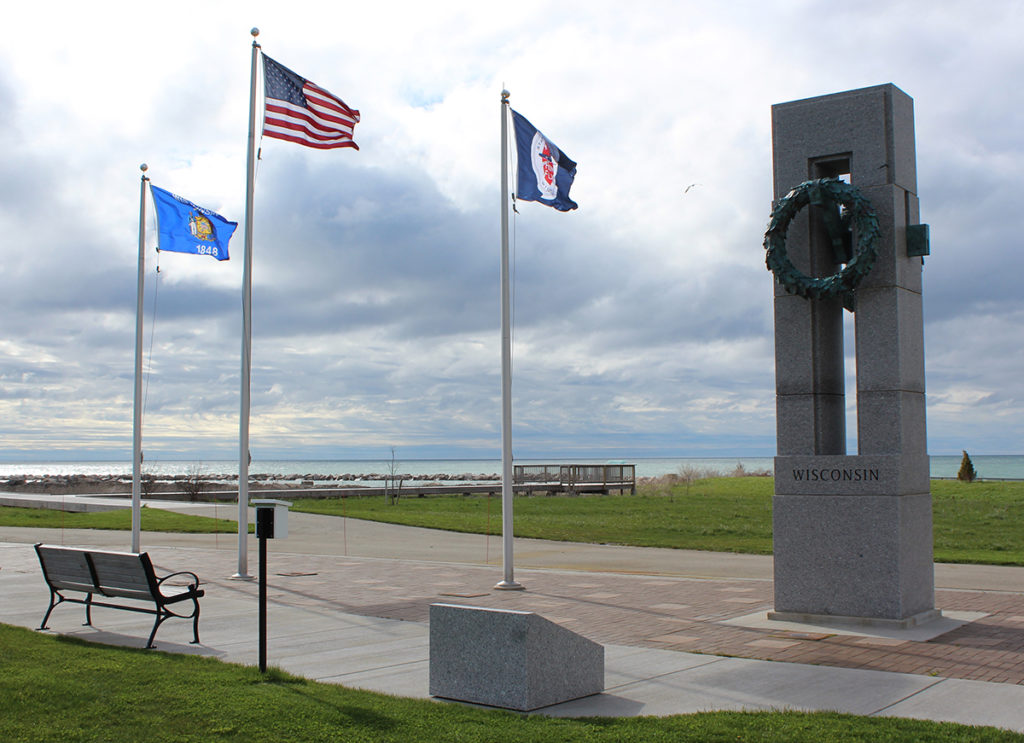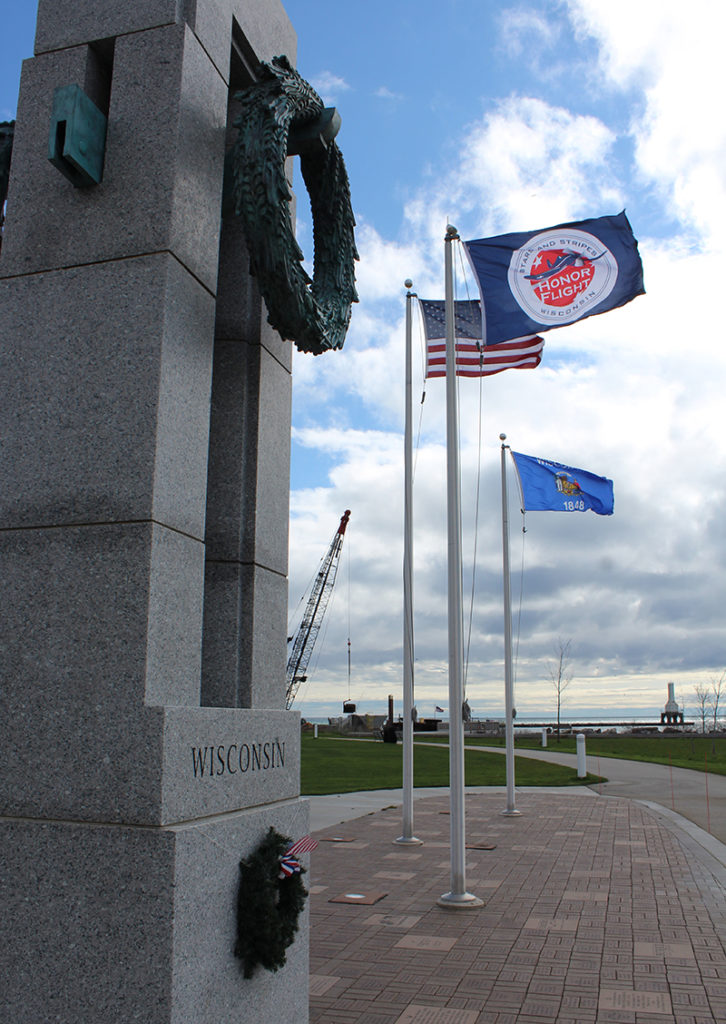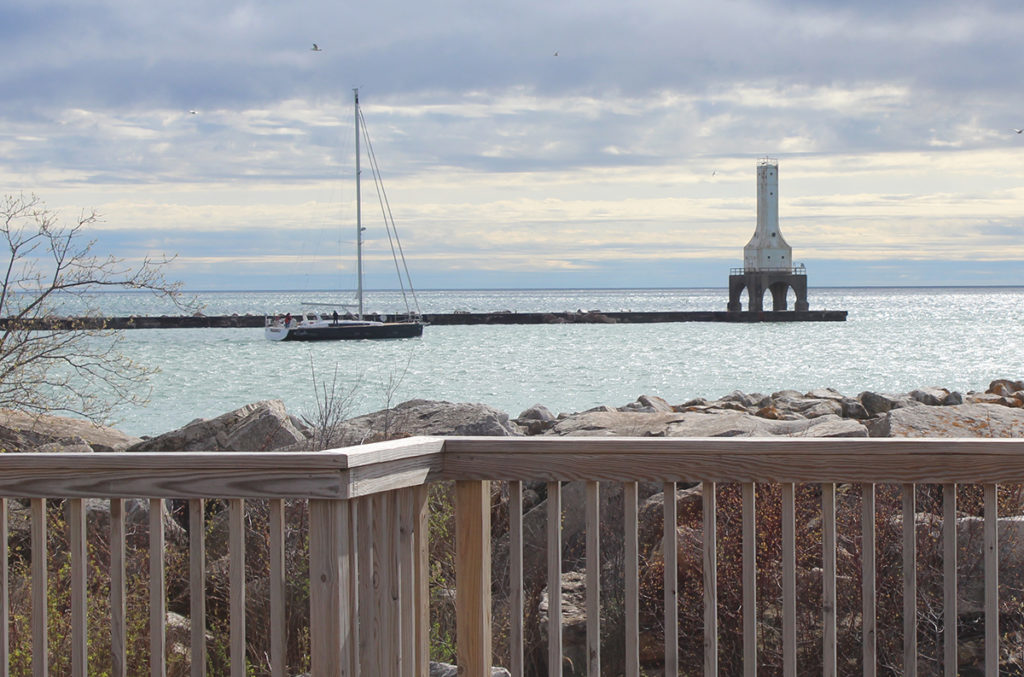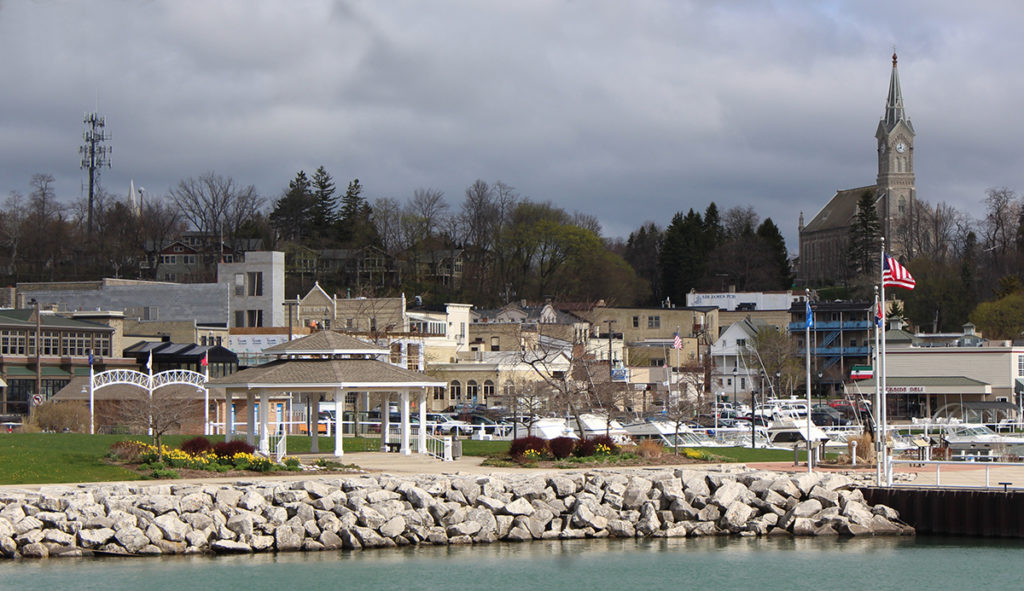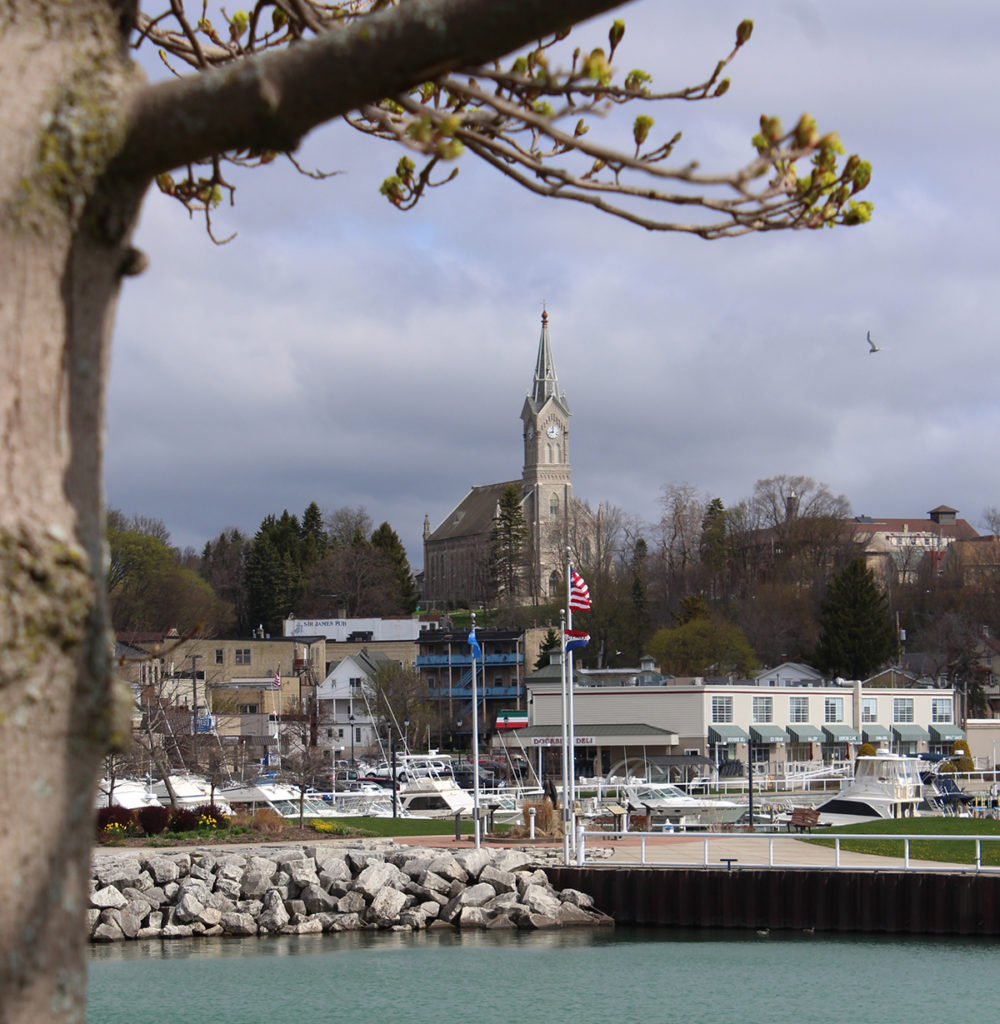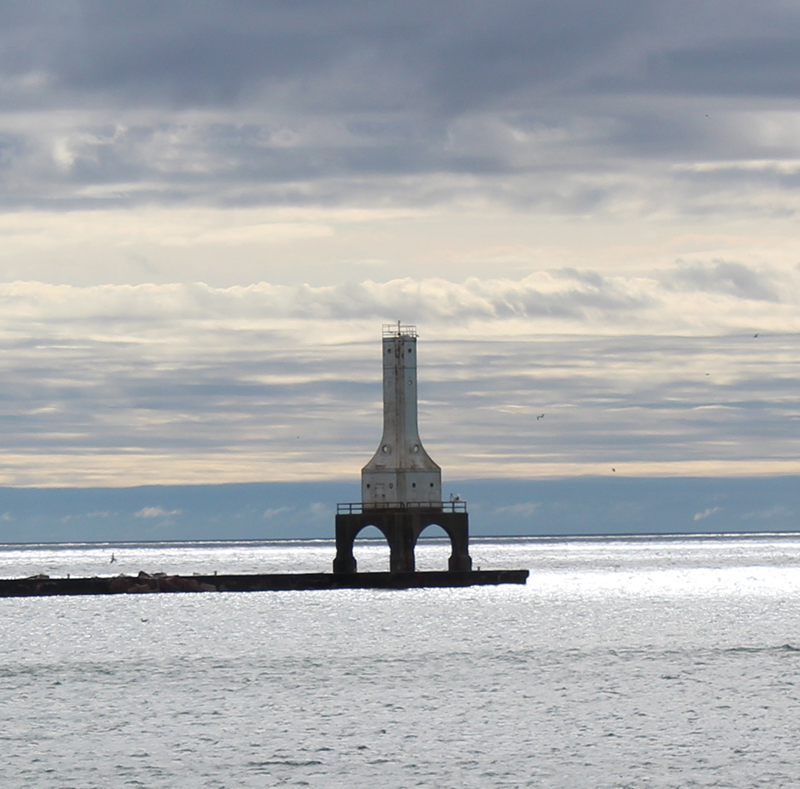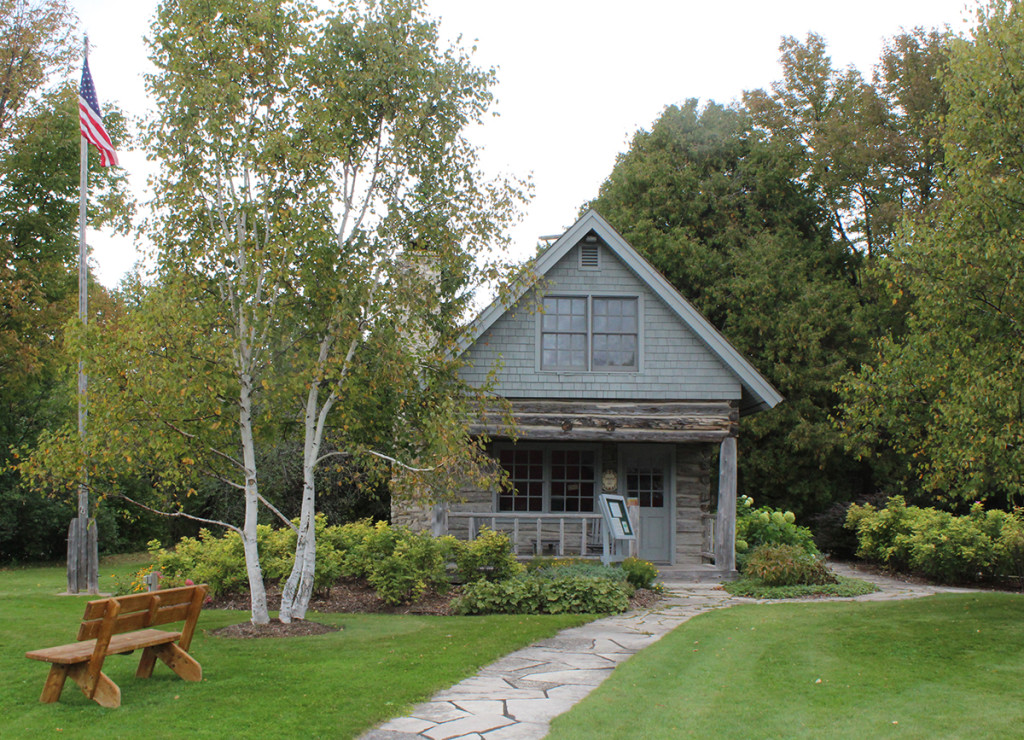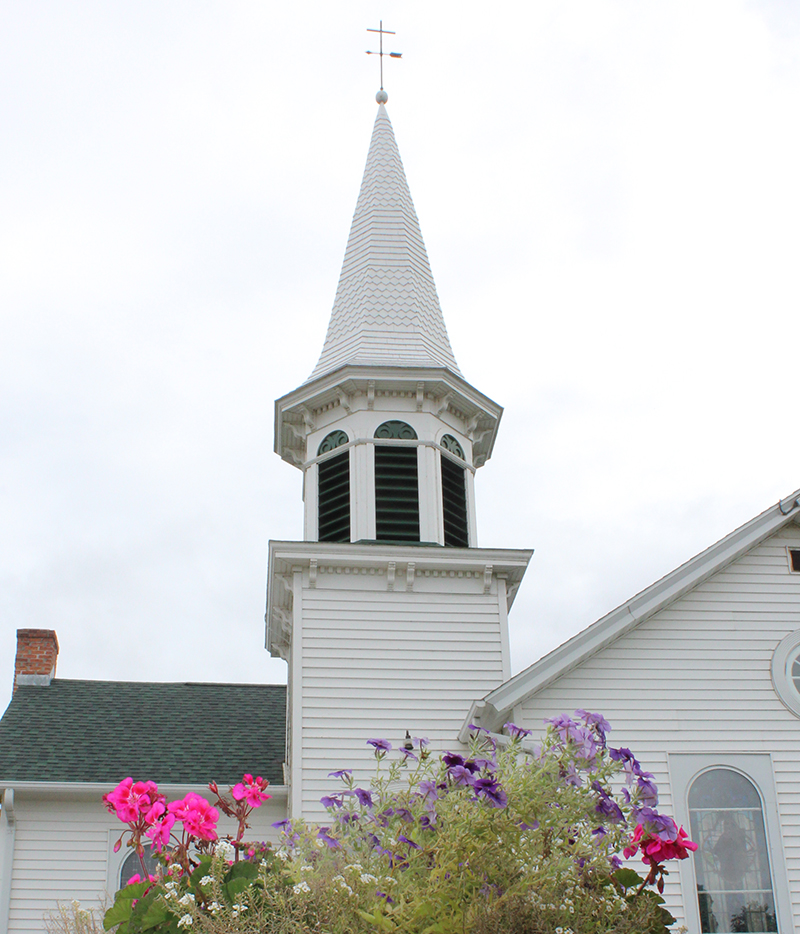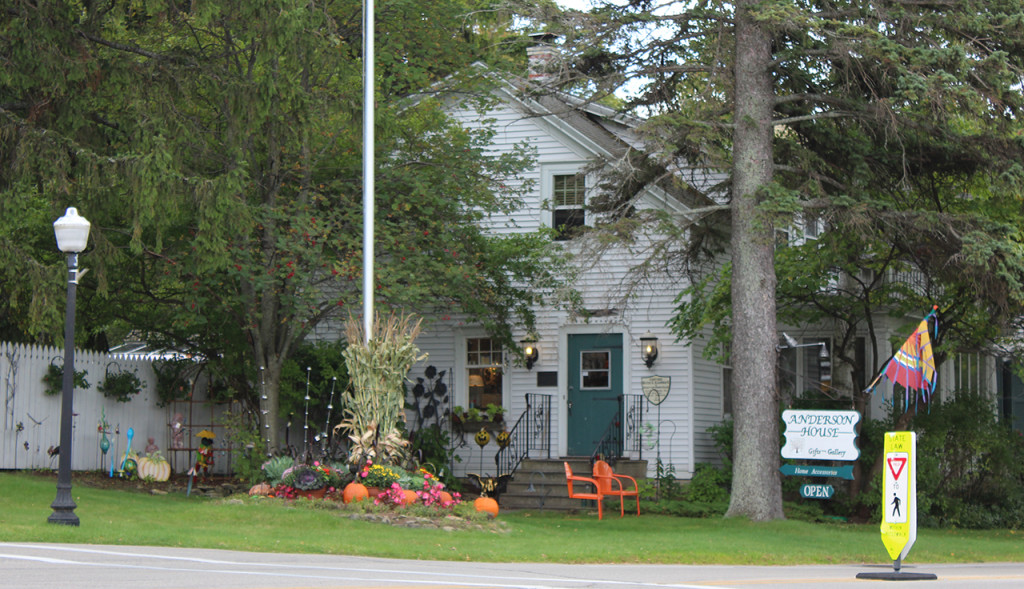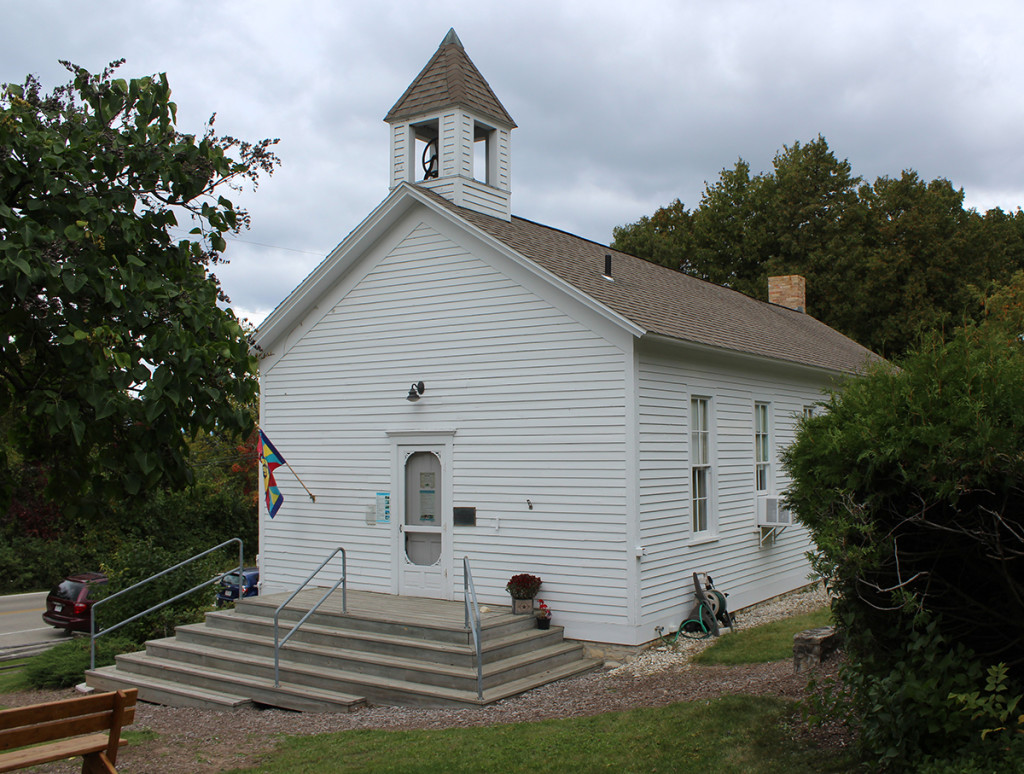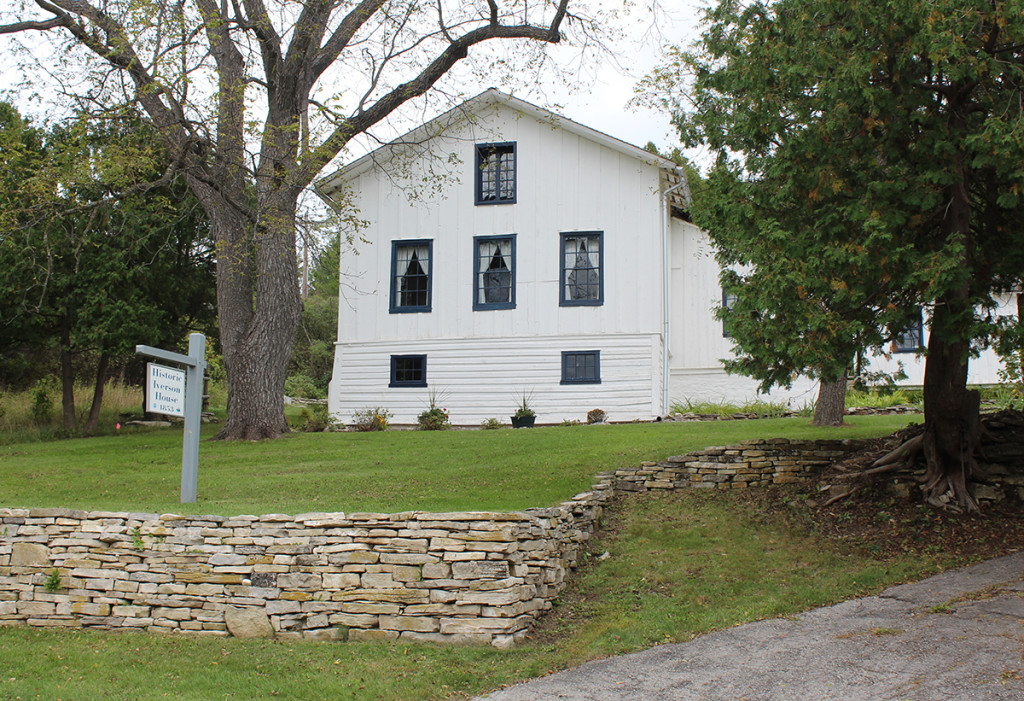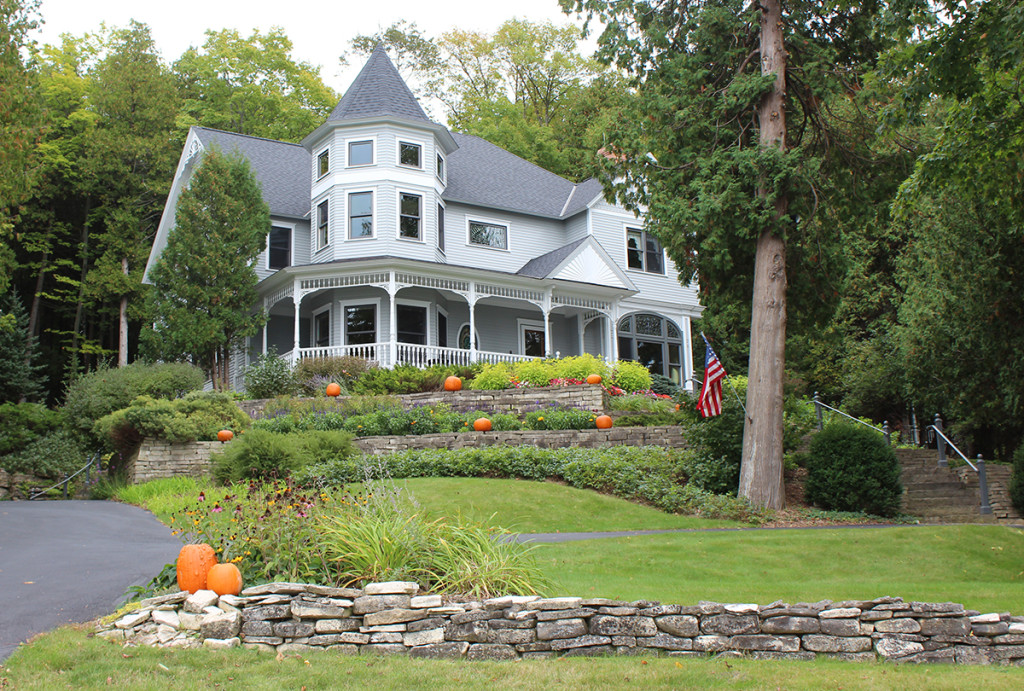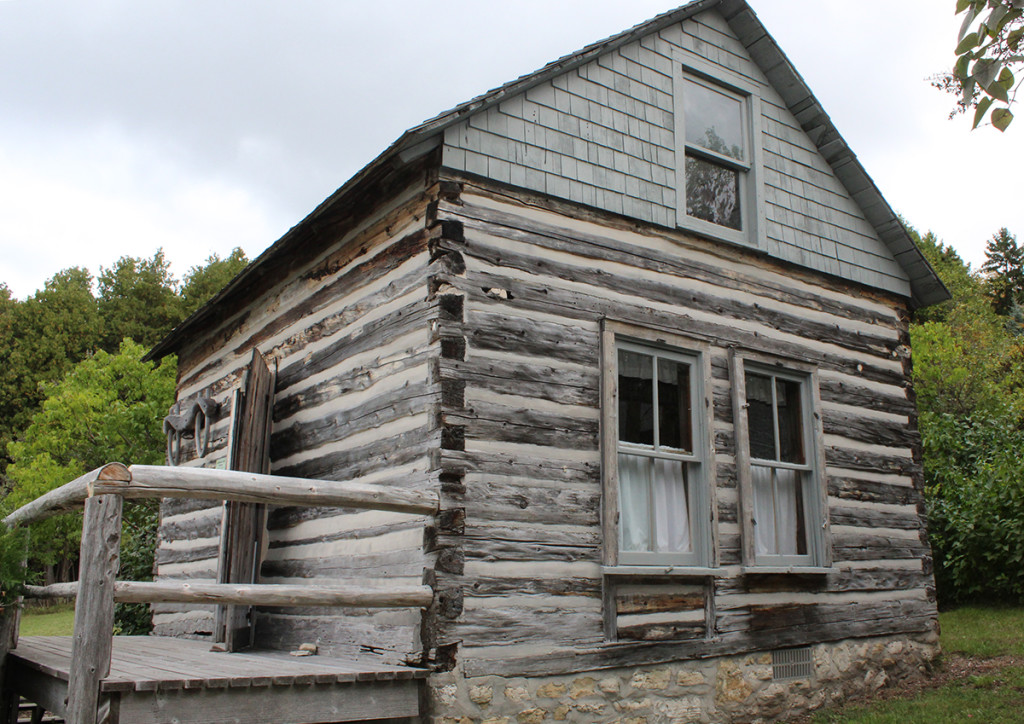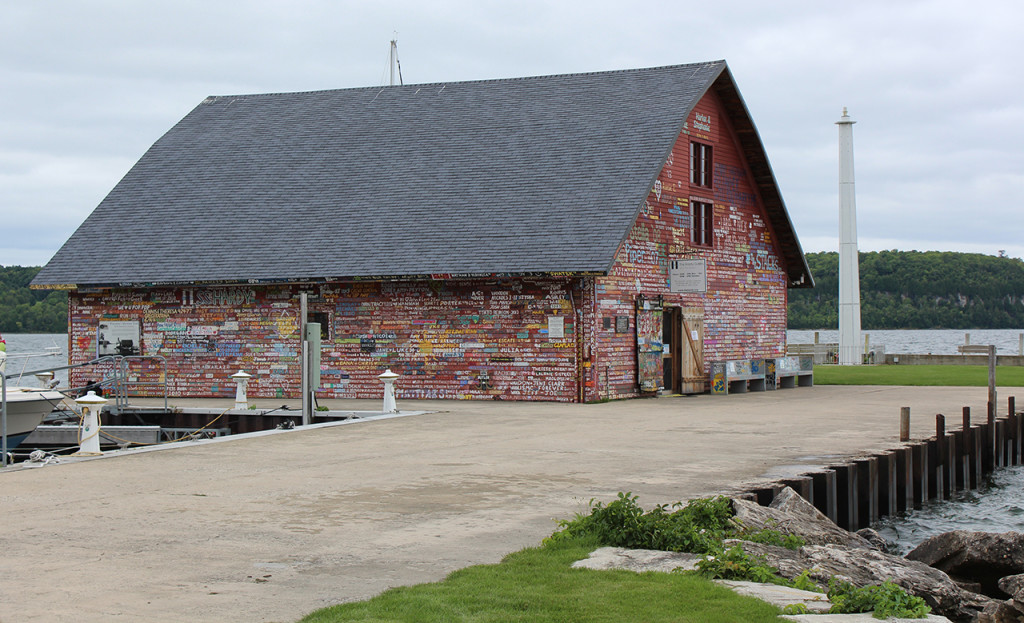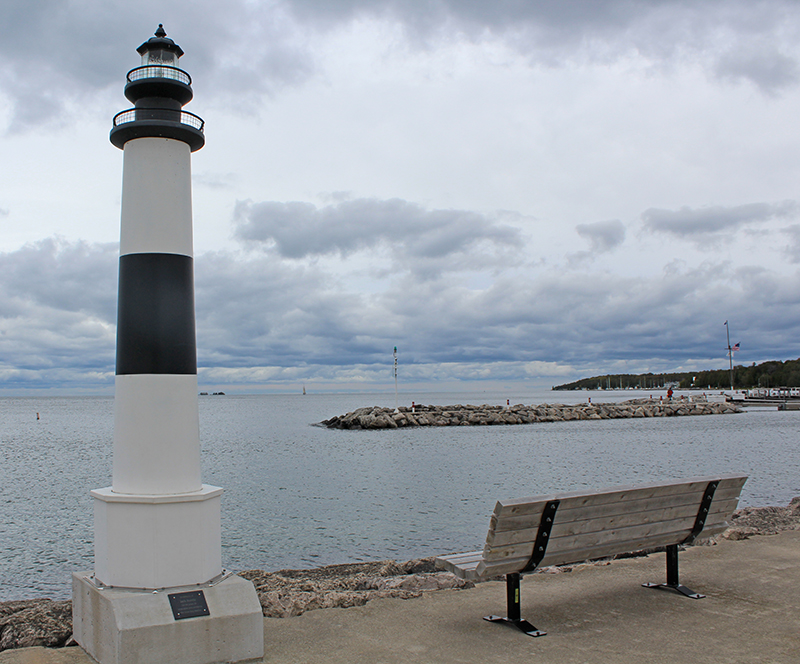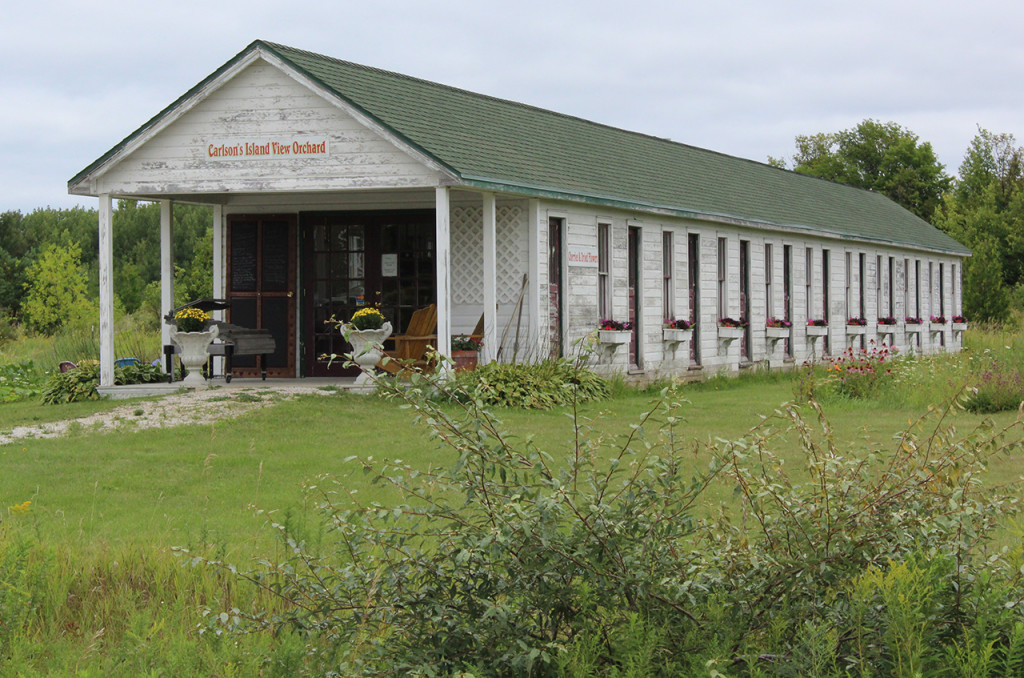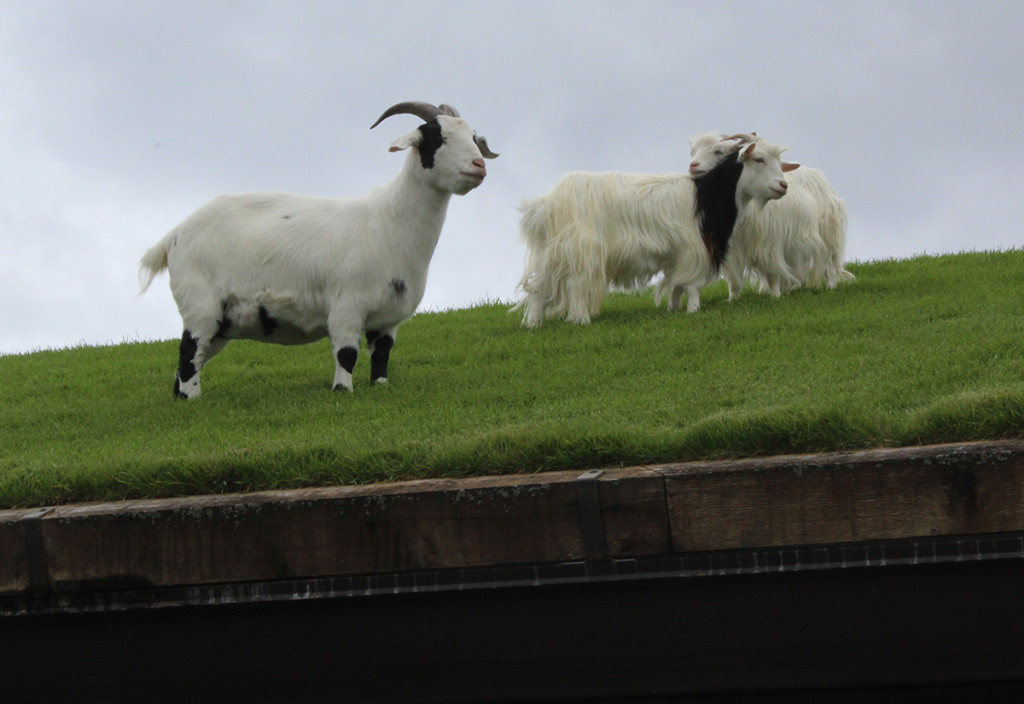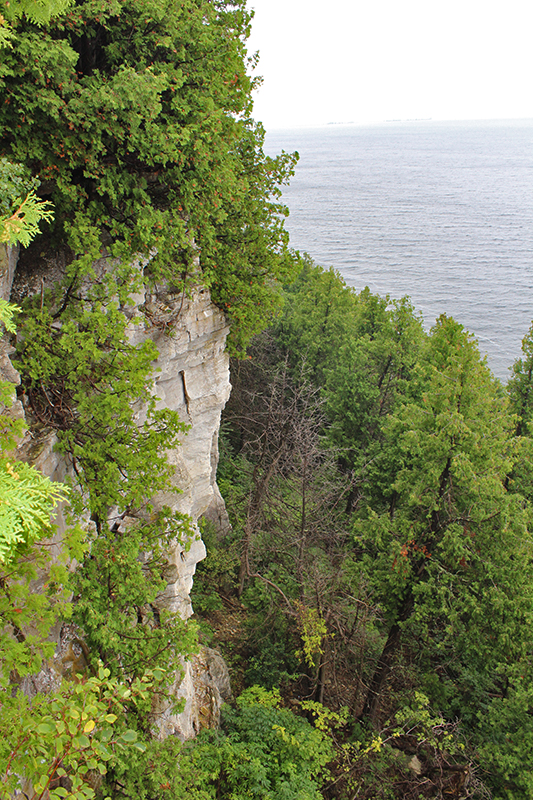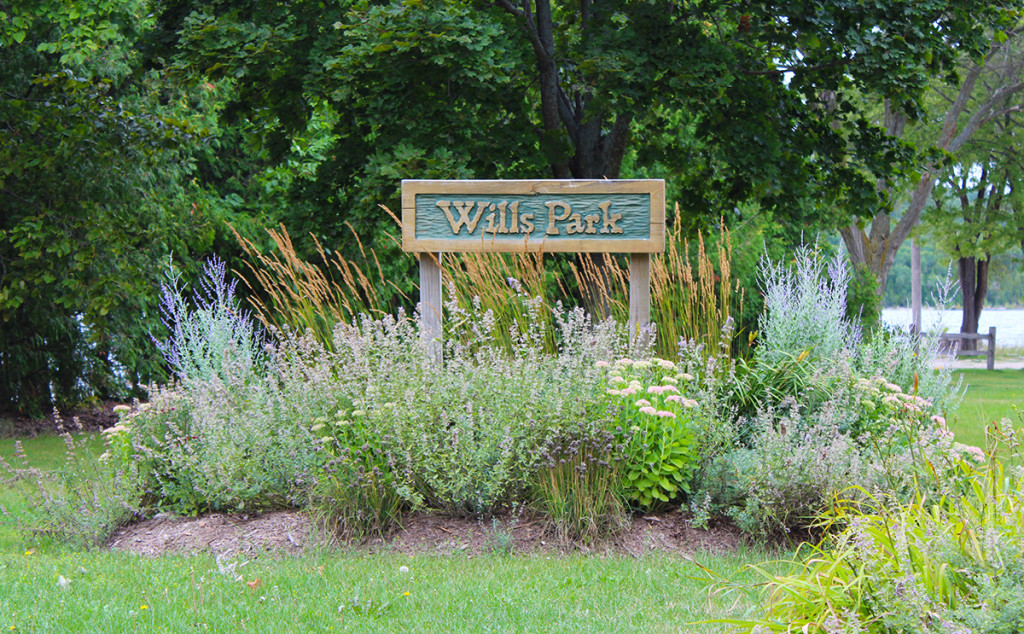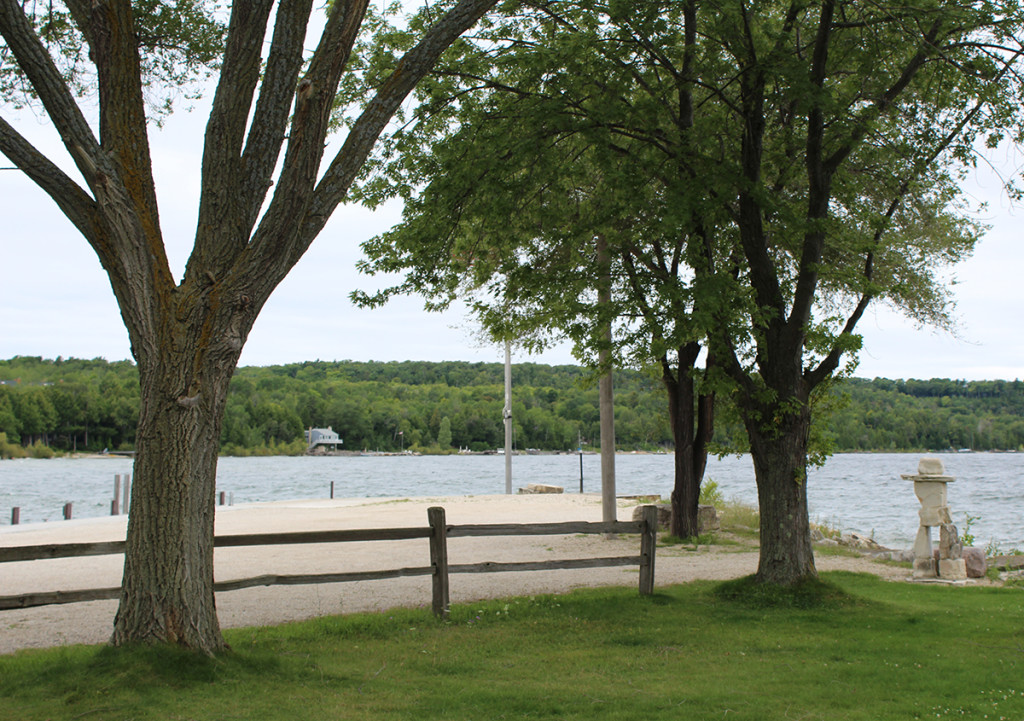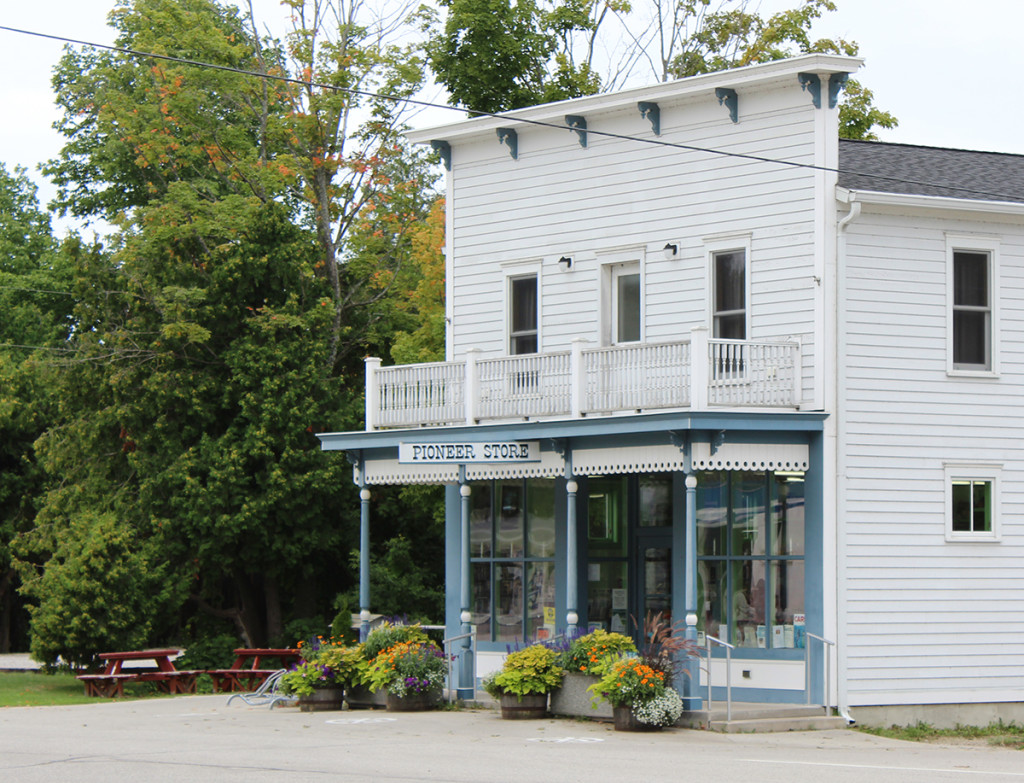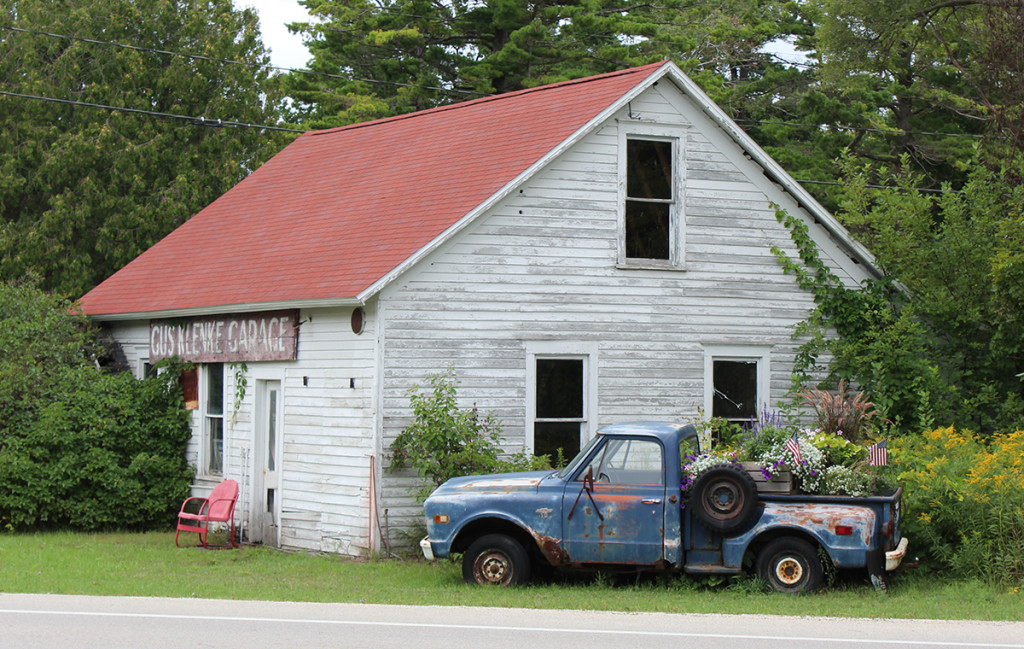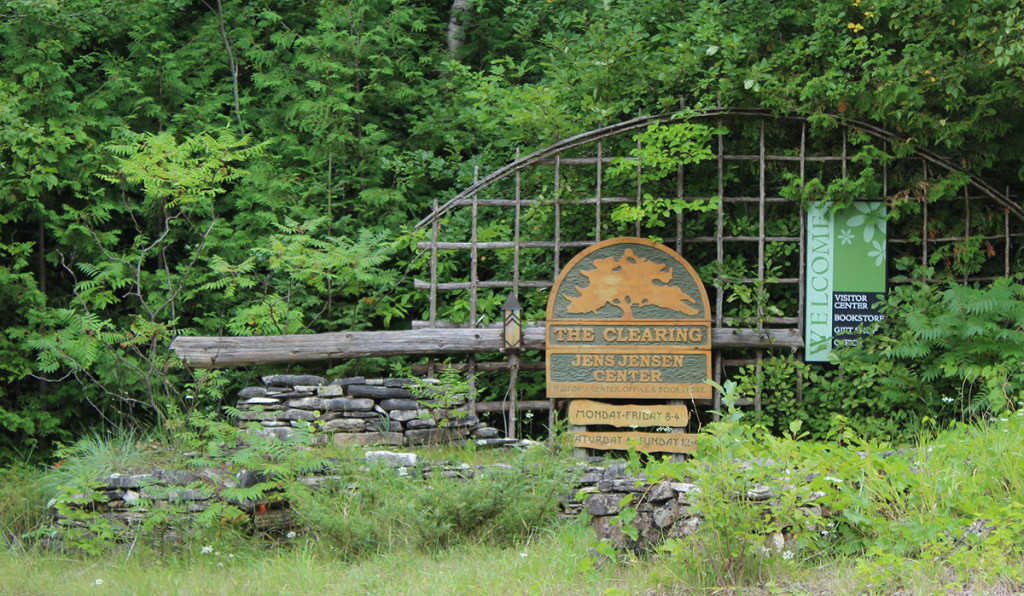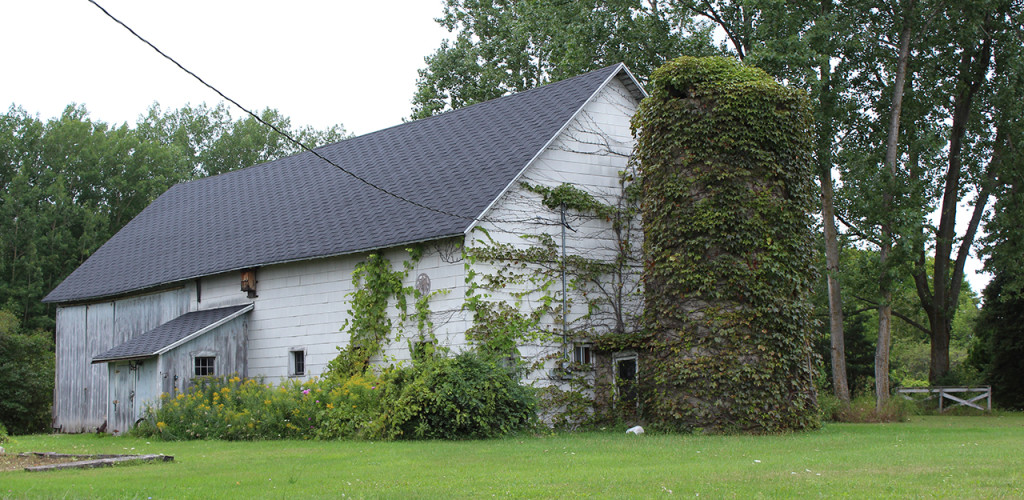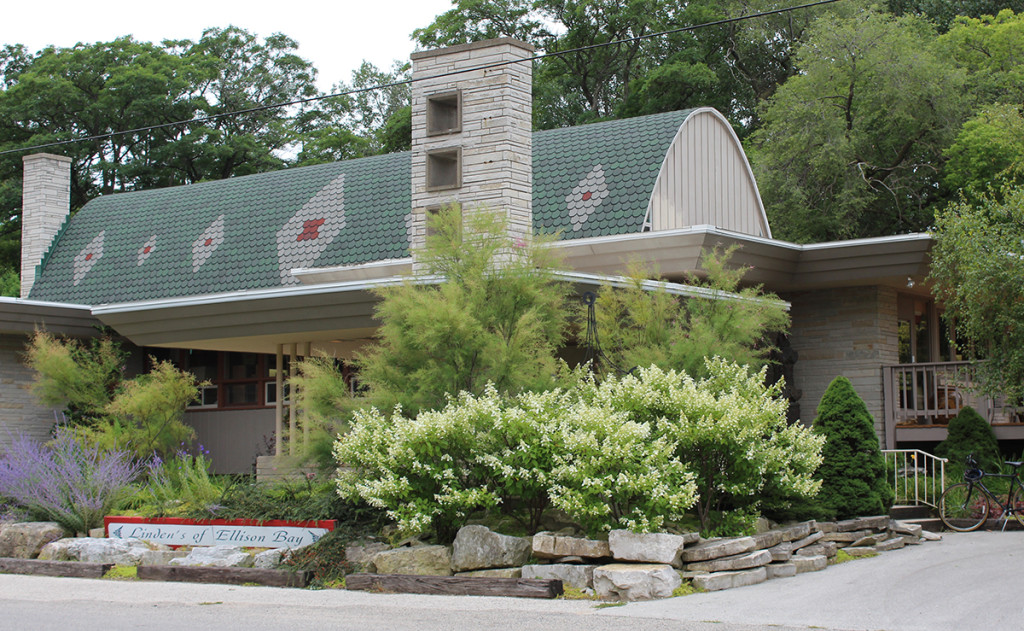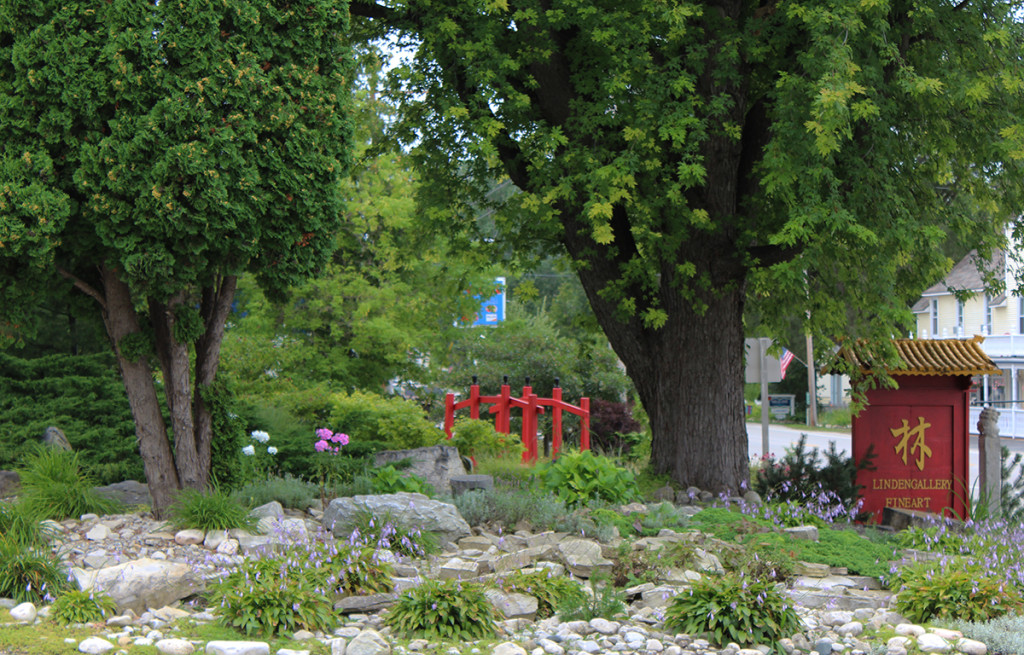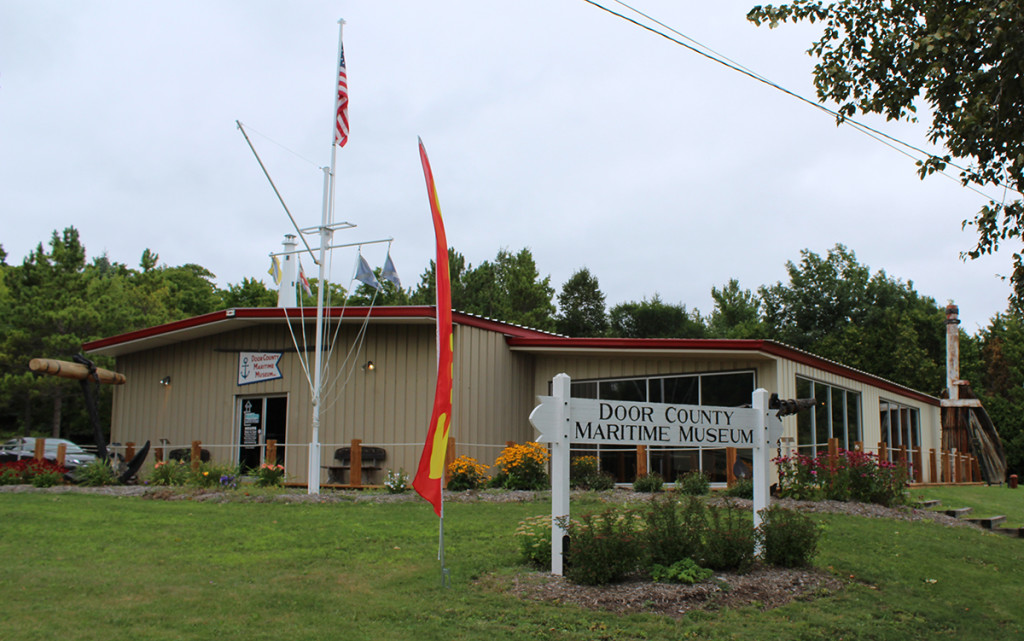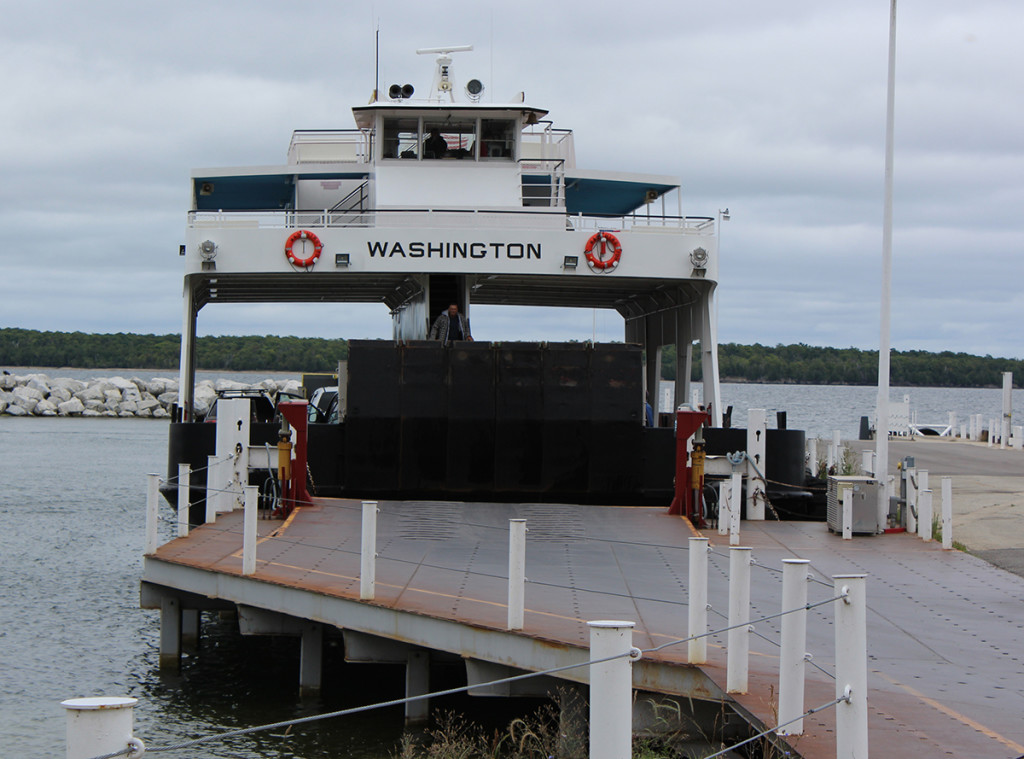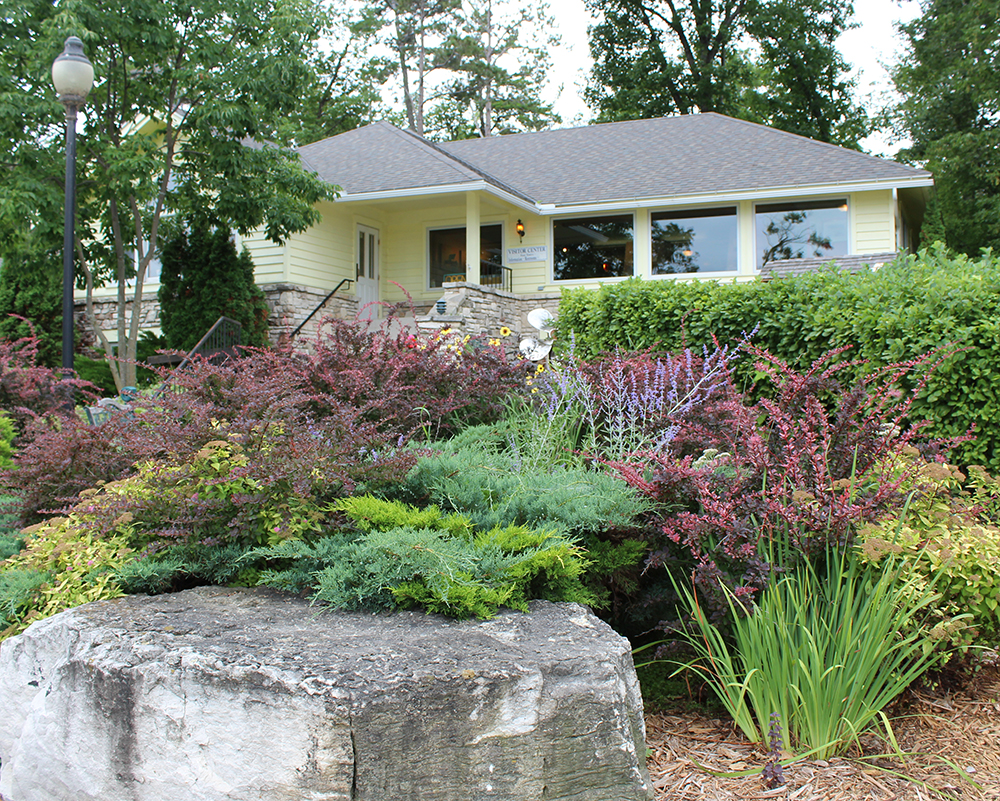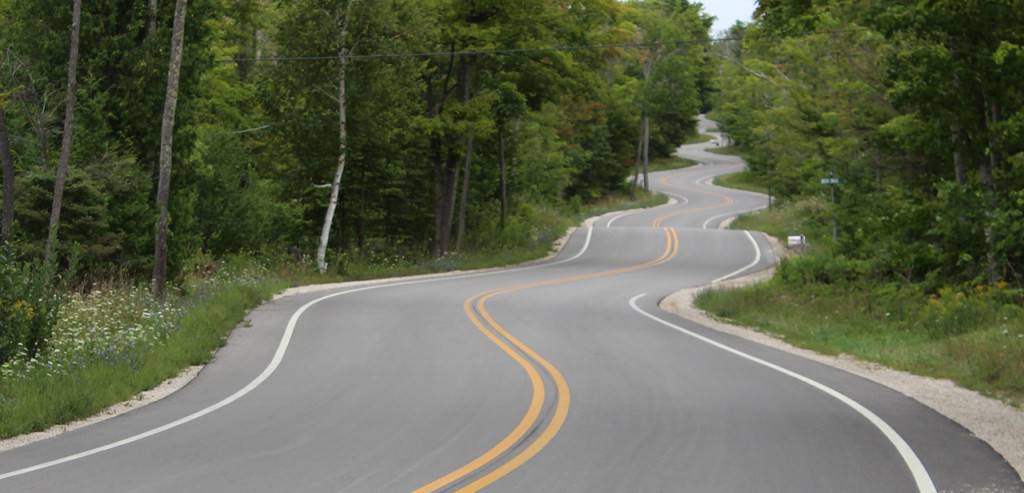Random Photos = Wisconsin Road Trip
I had some downtime recently and was looking through some older photos. When I came across the photo above, I realized I had never posted about several short day trips taken in the summer and fall of 2017, which could be a great addition to someone’s Wisconsin road trip. With eyes made of bees – perfectly placed above a nose and smiley-face made of its seeds – this fabulous sunflower just looked like it was telling me to “Have a Nice Day”, so I had to share!
When Jim was working and I wasn’t, I could just pick up and go for an entire day to take photos or to just hang out somewhere new. Sometimes using hidden treasures suggested on Facebook or photography groups as my destinations, I would set out to parts unknown usually doing a little research to see what else was around to make my time away more efficient. I haven’t taken off for the day since he’s been home all the time. I’ll have to think about why that is exactly, and either take him along or head on down the road by myself. Either way works for me, because exploring a new destination really helps to clear my head and relieve some cabin fever.
So this post contains a lot of random stops I’ve made over the last couple of years – in an order that makes sense so I can categorize it with other road trips. Enjoy!
Horicon Marsh, Horicon
Only about an hour from home, we have been to Horicon Marsh many times over the years. It’s a great place to get your big-bird fix and enjoy the great outdoors at its finest. It is the site of both a national and a state wildlife refuge and is the largest freshwater cattail marsh in the United States.
This Place Has it All
A 7,000-pound wooly mammoth (made of steel rebar), all types of waterfowl, frogs and turtles – with a great dose of flowers and colorful weeds during the summer months to add to its beauty.
At over 30 square miles, there are several entrances to the Marsh. The photos above and below were taken near the Education and Visitor Center just off Hwy 28. With many wildlife education programs, a spectacular Marsh viewing area with binoculars for a birds-eye view, and the Explorium on the lower level, this visitor center offers a wonderful glimpse into marsh life. From the Visitor Center there is access to miles of trails that encircle the marsh.
Floating Boardwalk
The north entrance of the Marsh is off Hwy 49 (east of Waupun). From there, the three-mile Horicon Marsh Auto Tour is paved and leads to a great floating boardwalk, three hiking trails and bicycling access to the Wild Goose State Trail. During deer gun seasons, the auto tour route is closed to vehicles but hikers are still allowed, although wearing blaze orange is required.
The Sounds of Nature
On our way through after a weekend in Wisconsin Dells early this spring, we stopped to check it out again. Without the distractions of the beautiful flowers and lots fewer birds, we were left to concentrate on the turtles – and the frogs, which were heard but not seen. You’ll see what I mean if you turn up the volume when you watch the video below. Listen to the background sounds behind the honking geese. As it turns out, the sounds of the marsh are as awesome as the sights.
Windmill Alley
About half an hour west of Horicon on State Hwy 33, is the start of what feels like wind turbine alley. With 90 turbines in service since 2011, Glacier Hills Energy Park is now part of the power grid and the largest wind farm in the state of Wisconsin. And what road trip would be complete without a photo of the road (and some wind turbines)?
Pauquette Park, Portage
We travel through Portage almost every time we go back to northern Iowa these days. One day I decided to take a tour of the town and found the greatest little park, which makes me think all towns deserve a second look. After a lot of rain on our last trip through, the water was above the bridges, which wasn’t nearly as pretty (or accessible) as this fantastic day.
The Tin Forest
After many trips to Bookworm Gardens in Sheboygan with my grandkids, my grandson’s favorite book to read is now “The Tin Forest” by Helen Ward, and it is required reading with every visit.
“The Tin Forest is a powerful book that kids and adults could learn from. It teaches us about not letting go of a dream, of seeing the beauty out of ugly things, of creating something extra-ordinary out of the normal and ordinary. It also teaches us how to love our environment, of taking caring of all living things, of recycling and reinventing.” from Goodreads
When some friends went to the Dells for the weekend, they stumbled upon an absolute treasure that I just had to check out – for my grandson, of course! About two weeks later I brought all of the kiddos and we had a blast exploring an amazing array of scrap metal!
Dr. Evermor’s Art Park, Sumpter
A Beautiful Junkyard
Located on Highway 12 in the town of Sumpter, this fabulous art park is loaded with magical creatures built from salvaged factory parts created by Tom Every. Hundreds of creatures, ranging from two- to twenty-feet tall decorate the grounds. “Disintegration chambers, spaceship gun turrets, and huge contraptions suggest pre-historic or space-age insects.”
“[Now 69]-year old Tom Every, was himself reborn in the early 1980s. After nearly three decades of work as an industrial wrecker, Every began to question his role in the wholesale destruction of well-designed buildings. In 1983, he gave his demolition business to a son, renamed himself Dr. Evermor, and began to build what he called the Forevertron. His new identity and mission, which he admits was a ‘total figment’ adopted by ‘a man under great duress” was to construct an extraordinary spacecraft that would ultimately deliver him from the ‘phoniness of this world’ to the truth and unity of the next.
The present-day Forevertron [shown below] is a monumental sculpture weighing roughly 300 tons and standing 120 feet wide, 60 feet deep and 50 feet high. It consists almost entirely of metals – iron, brass and stainless steel are the most evident – and it is both welded and bolted together to maximize stability. The overall arrangement is symmetrical with the principal central section anchored by a broad bank of generators, thrusters and other electromagnetic power sources. The whole structure is capped by a copper-strapped glass ball meant to serve as Dr. Evermor’s space capsule. Yes, you read that correctly. The ultimate use of the structure is to send Dr. Evermore into space when he dies.” – READ MORE from Scrap by SnagFilms
A Place for Memories
A ways through our tour, we took a break in the shade of a rusty old gazebo and read The Tin Forest yet another time. A woman took our picture to add to the rest of our group photos reading the book. Contact Lady Eleanor Every if you’d like to schedule a tour of the park and/or to confirm the times that she will have the park open. We were all very excited that we were able to tie in a field trip with our favorite book and it is definitely worth a look!
Pope Farm Conservancy, Verona
The beautiful little sunflower at the start of this blog was just one of many at the Pope Farm Conservancy in Verona, Wisconsin. The conservancy has a lot to offer as you’ll see if you click on their link, but on this day in late August the sunflowers were all that I had on my radar!
First off, how could I be this old (29?) having never looked straight into the face of a sunflower? How could I have never noticed the symmetry in these beautiful little flowers? I will admit I was rather offended by the last photo below, although maybe they were offended by me? Was it something I said? Actually sunflowers follow the sun, silly girl. What do they do when there is no sun, you might ask? They face each other and share their energy. Now, if that doesn’t make you smile, nothing will!
Hyde’s Mill, Ridgeway
Hyde’s Mill was built in 1850 next to the original stone dam on Mill Creek. It is one of the most photographed mills in Wisconsin, with its wooden waterwheel in a lovely setting near Ridgeway, Wisconsin.
Have a Nice Day!
Happy trails,
Barb

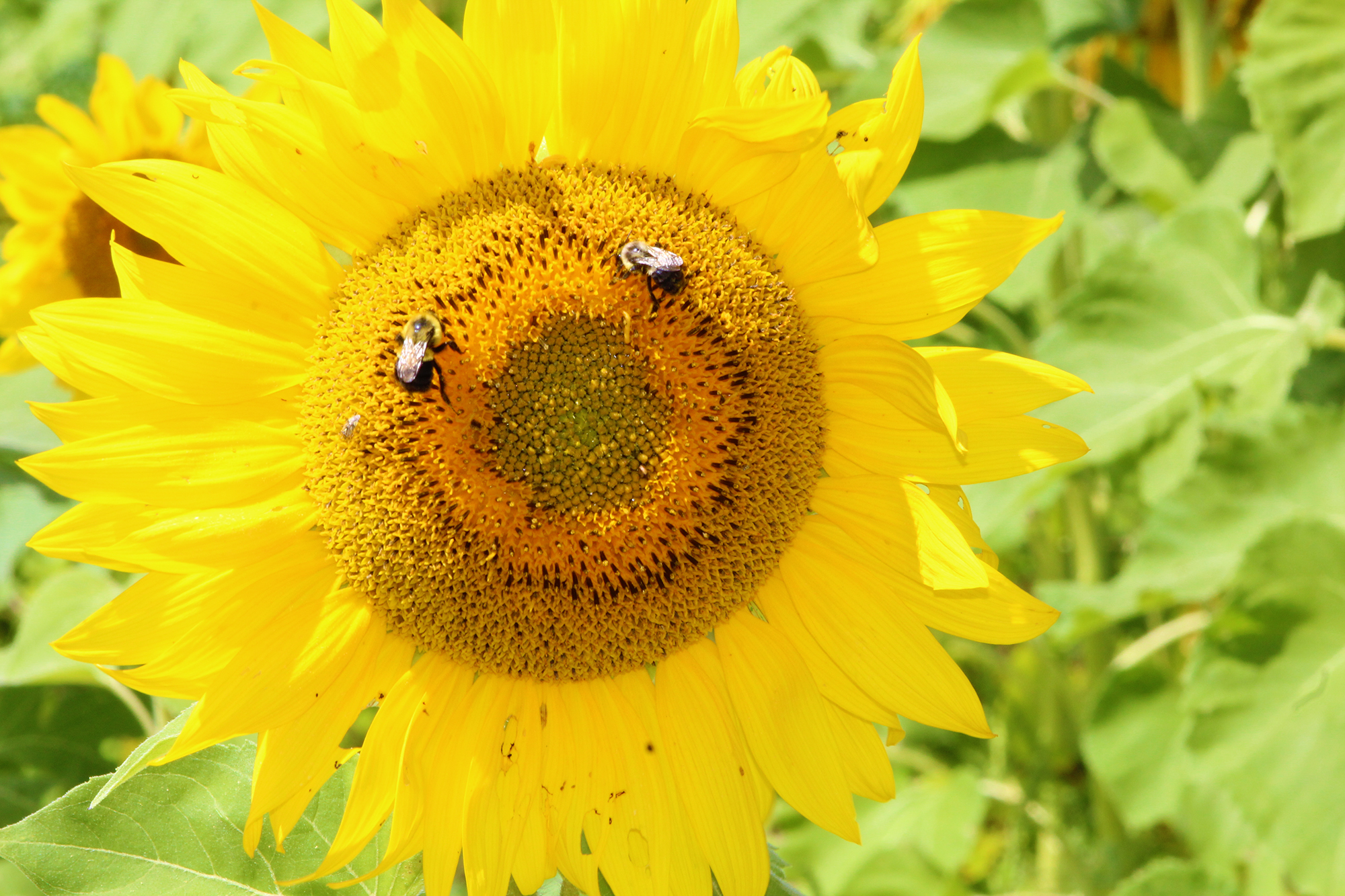
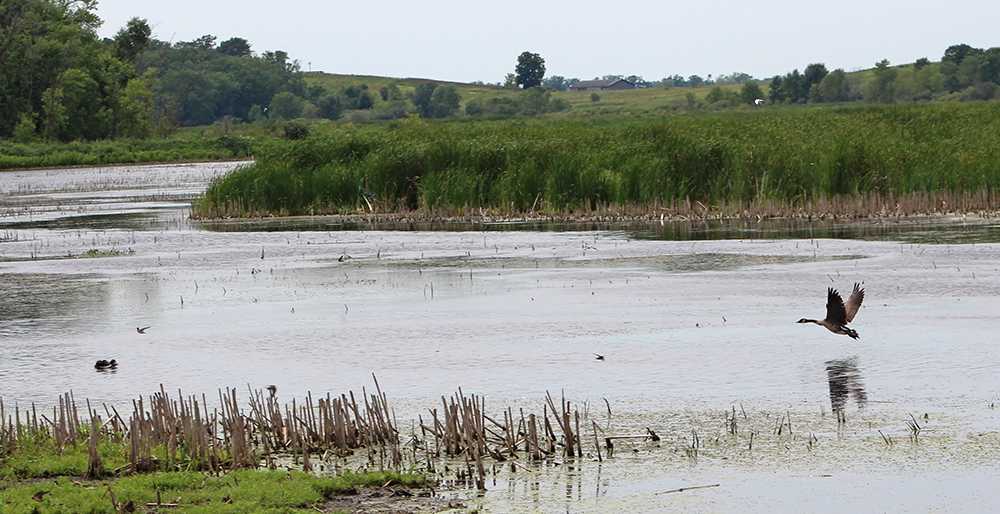
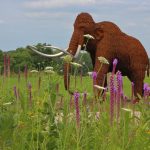
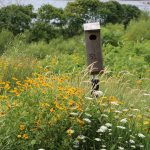
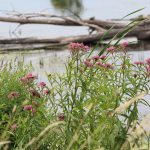
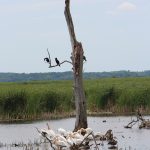
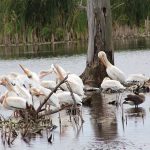
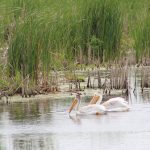
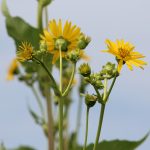
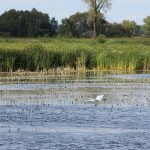
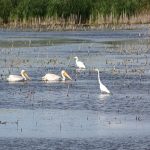
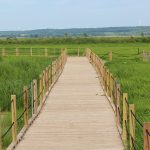
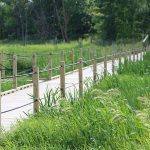
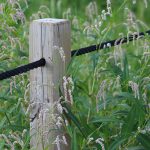

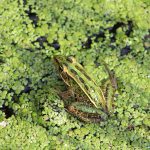
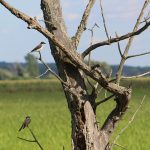
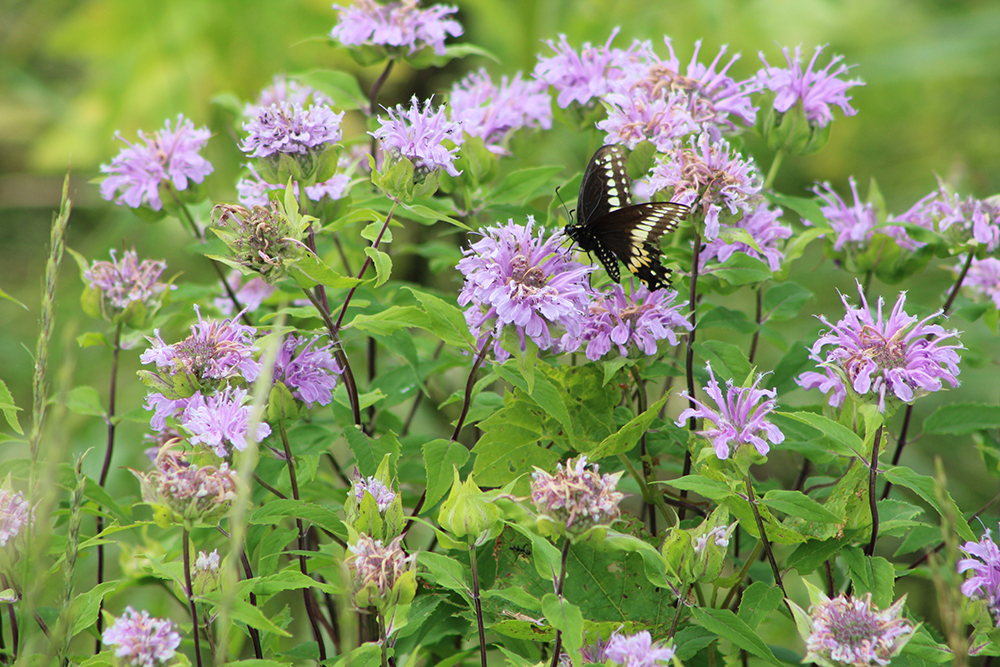
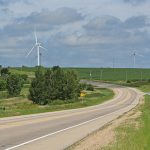
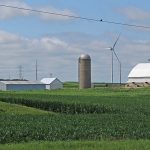
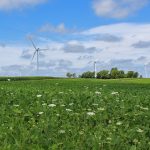
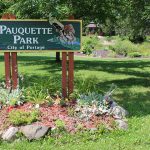
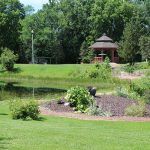
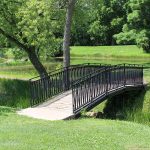
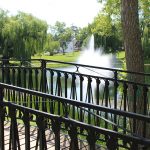
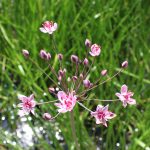
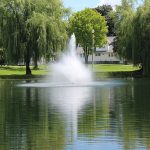
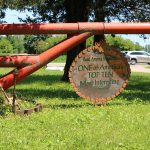
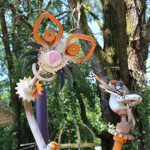
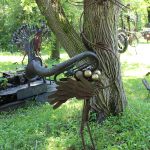
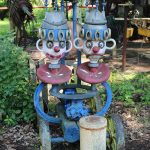
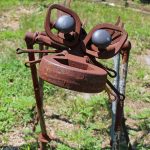
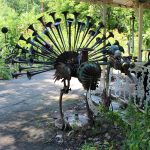
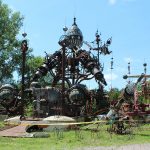
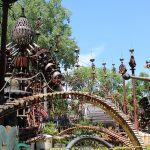
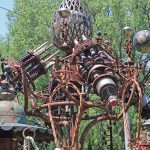
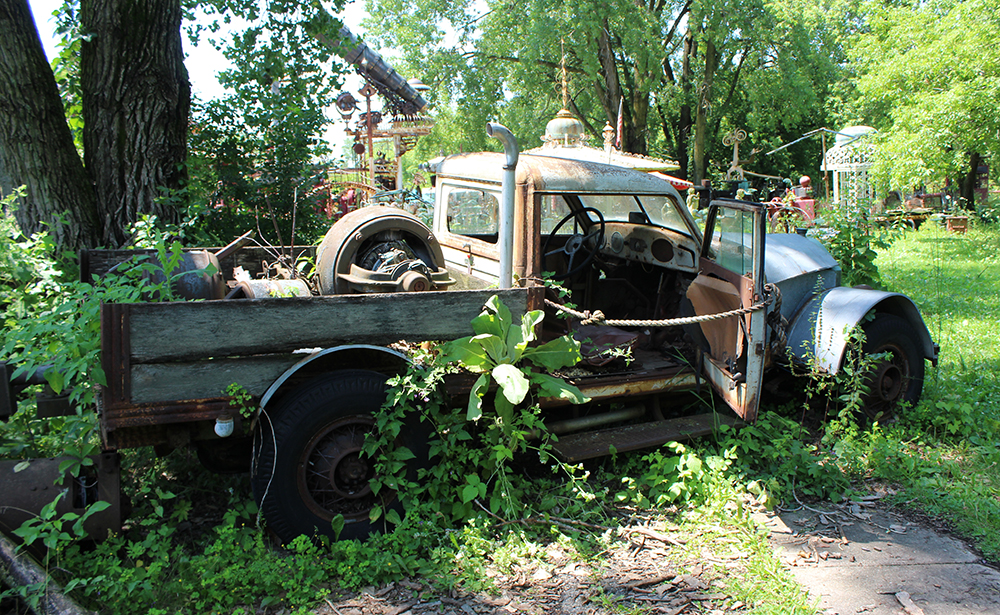
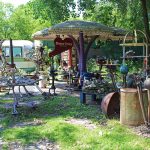
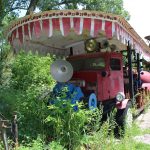
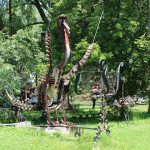
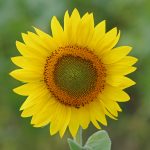
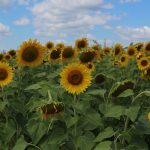
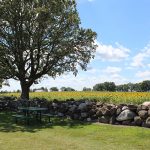
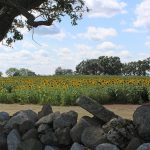
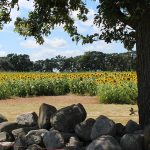
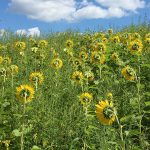
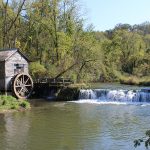
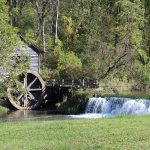
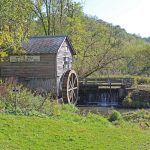

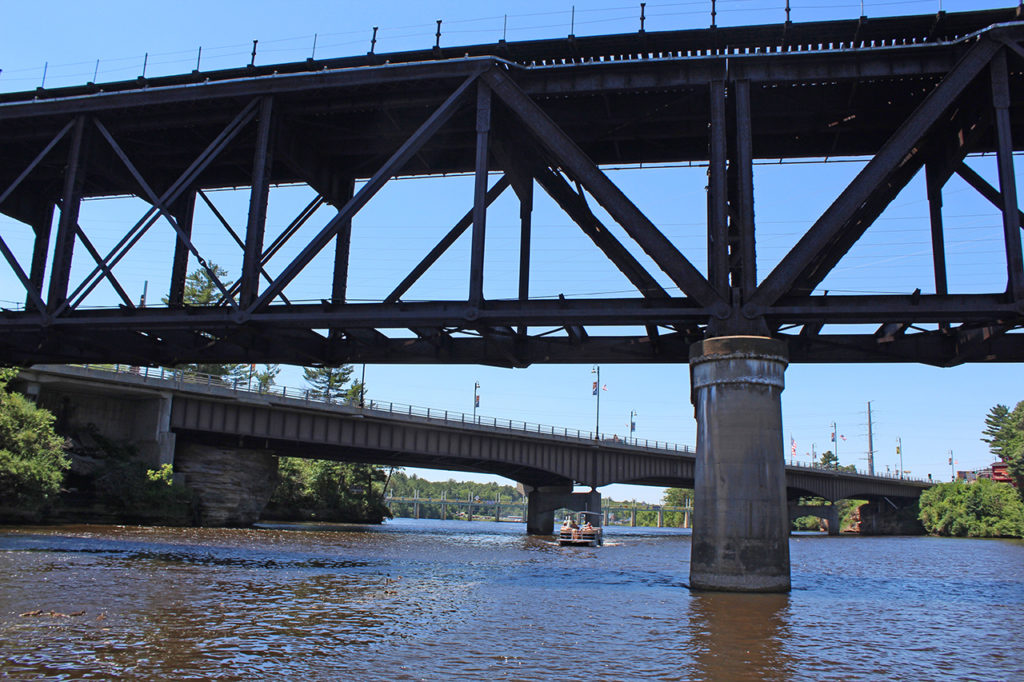
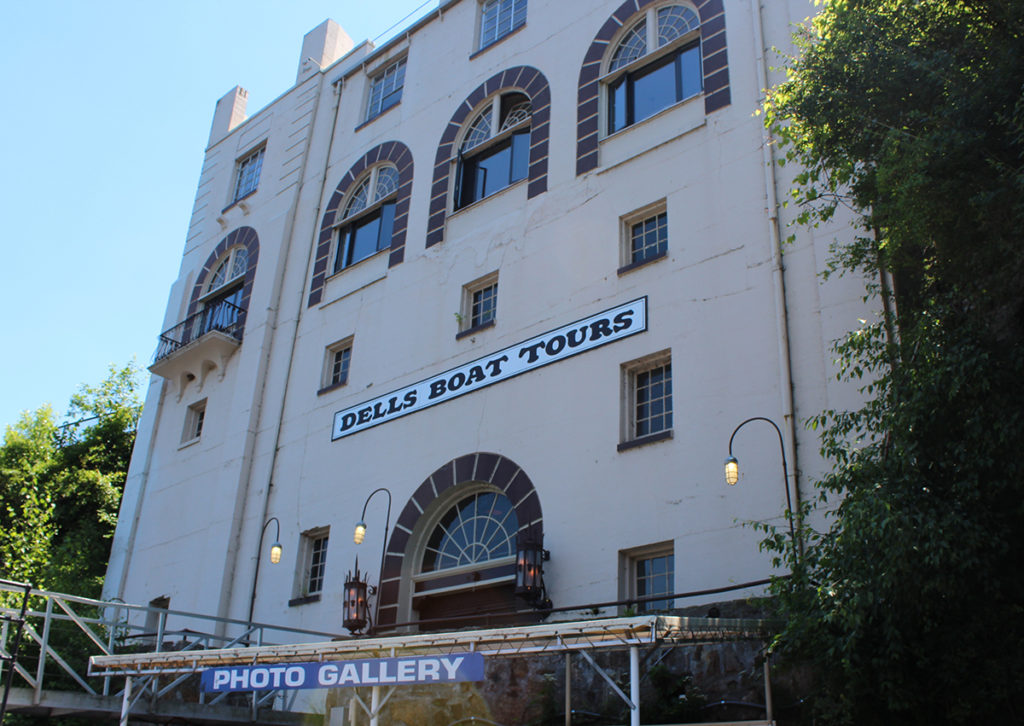
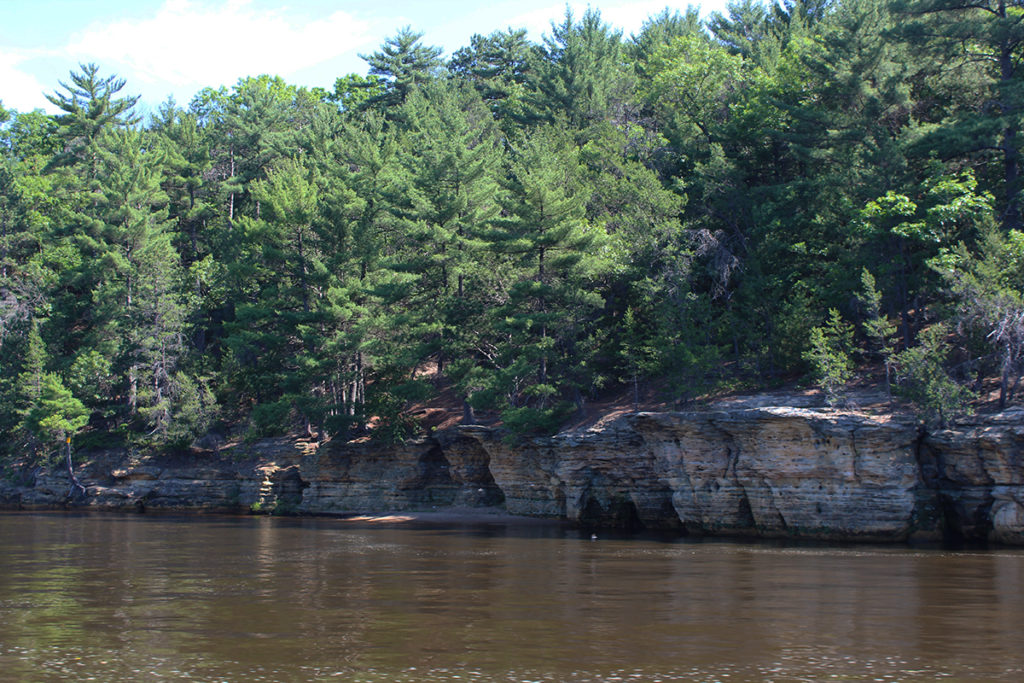
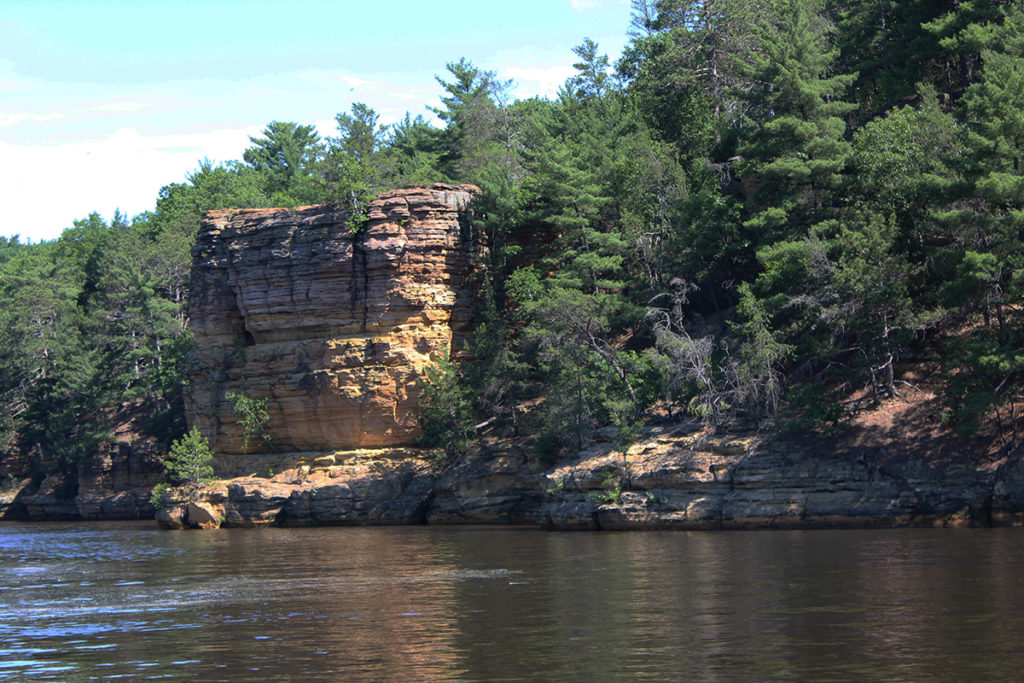
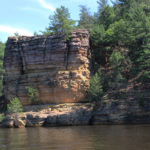
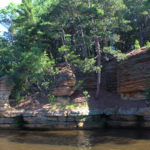
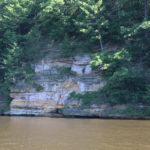
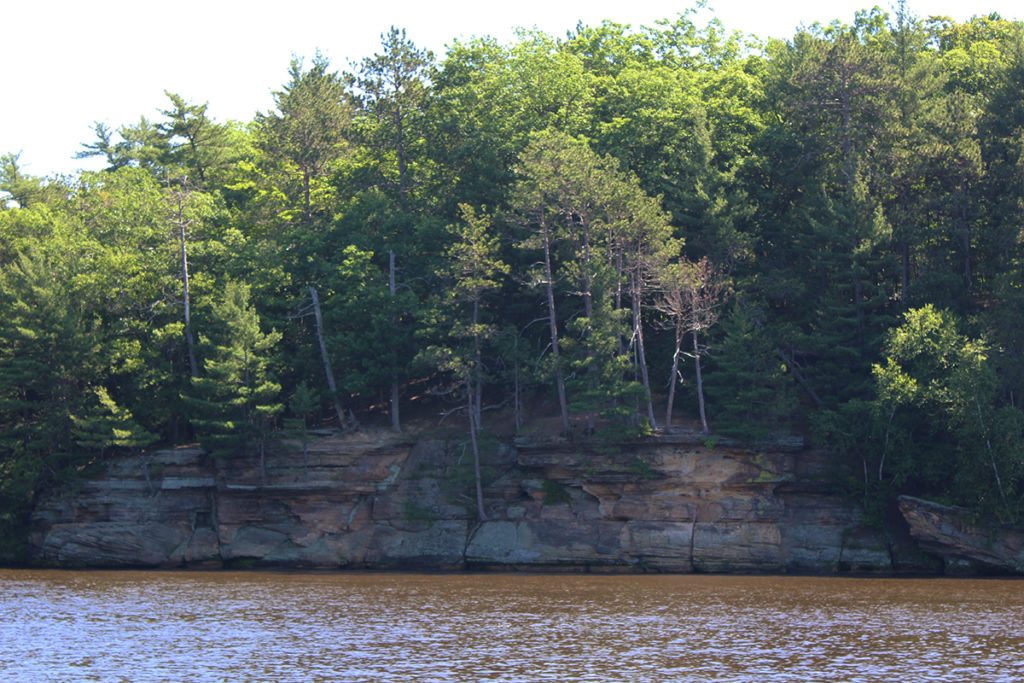
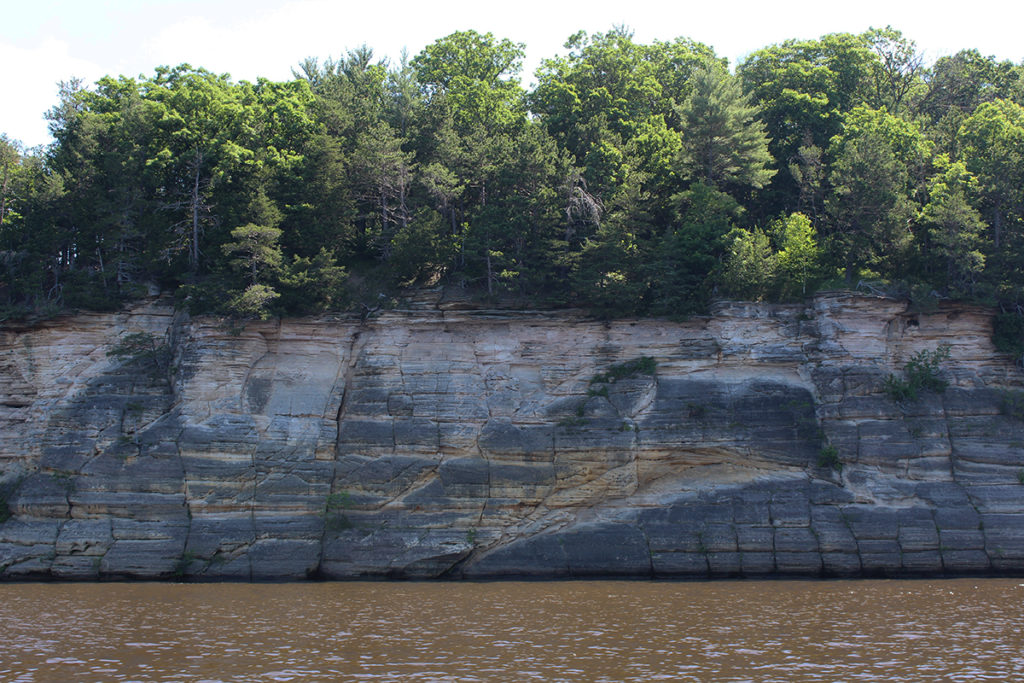

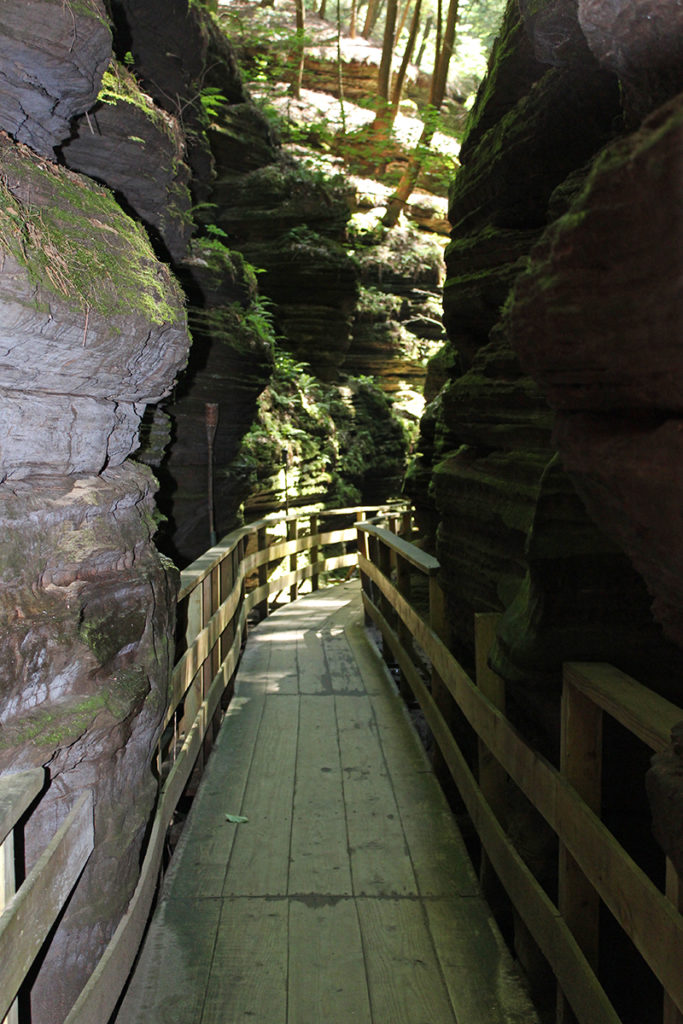
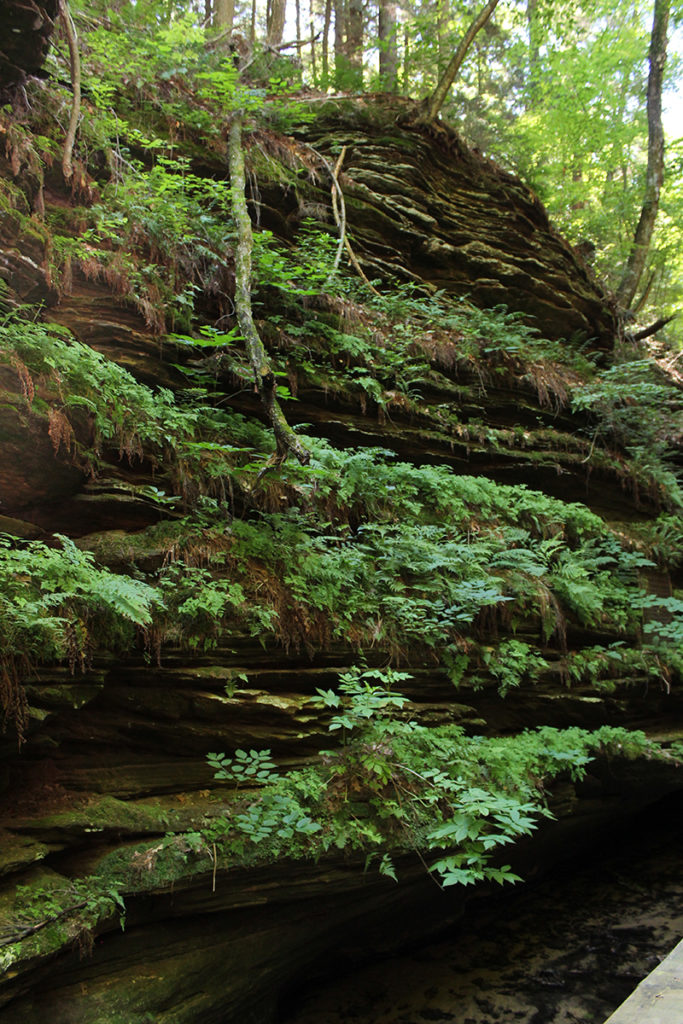
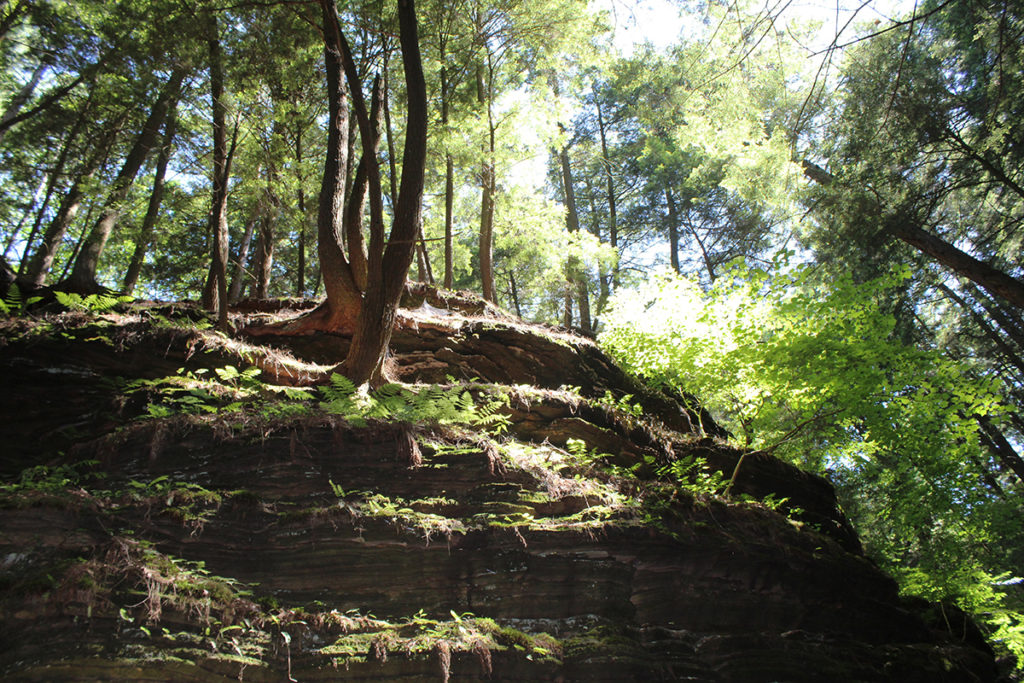
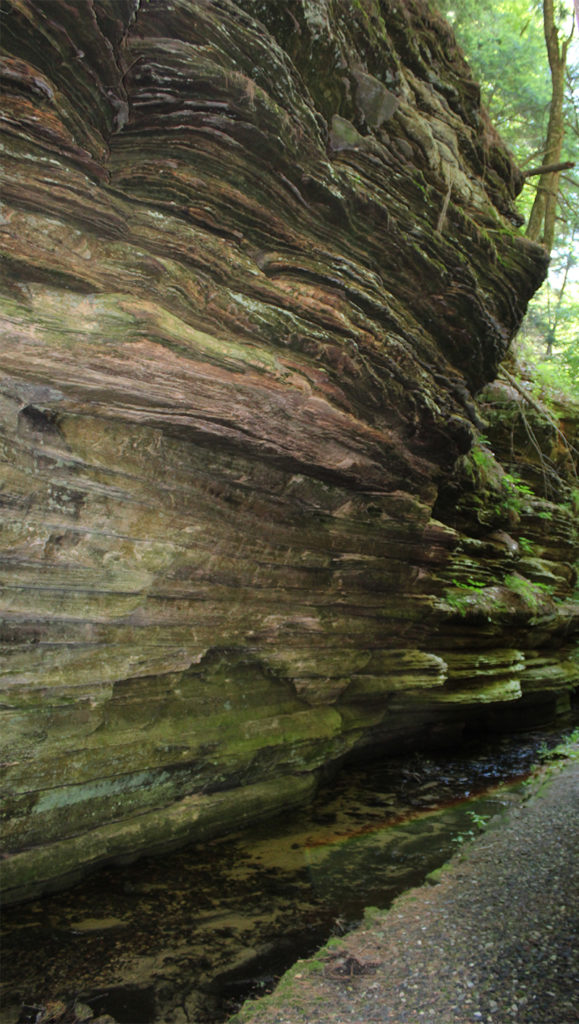
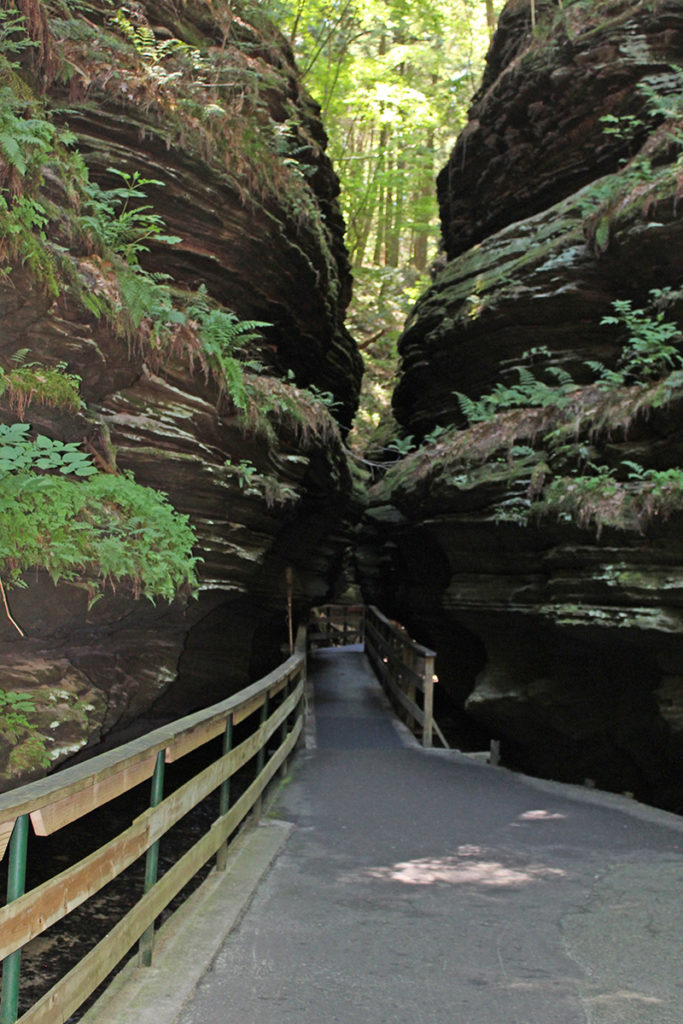
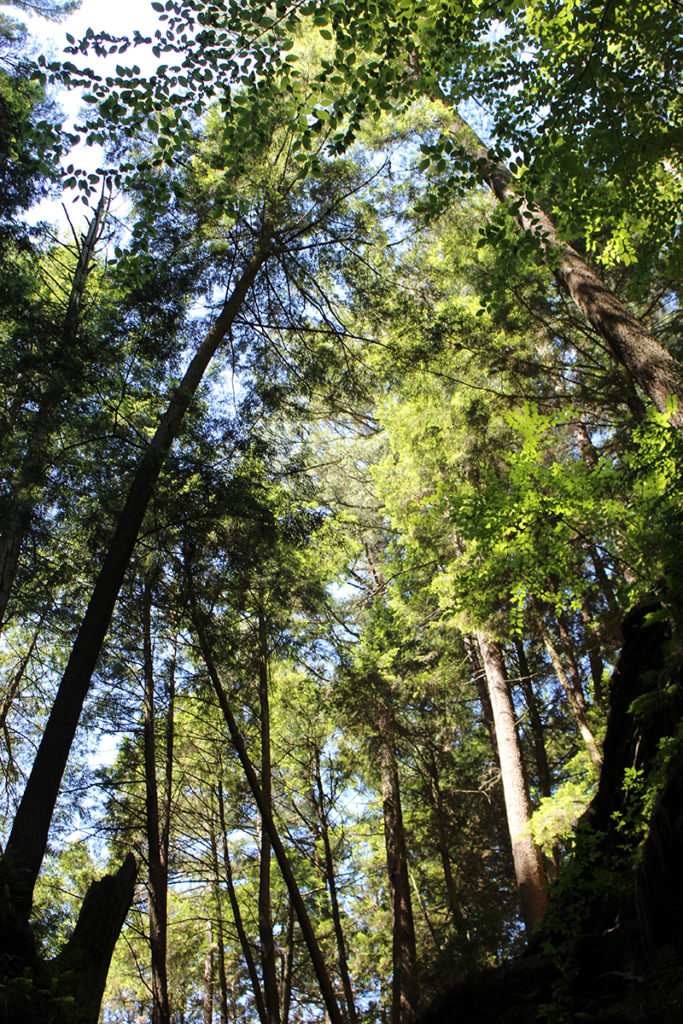
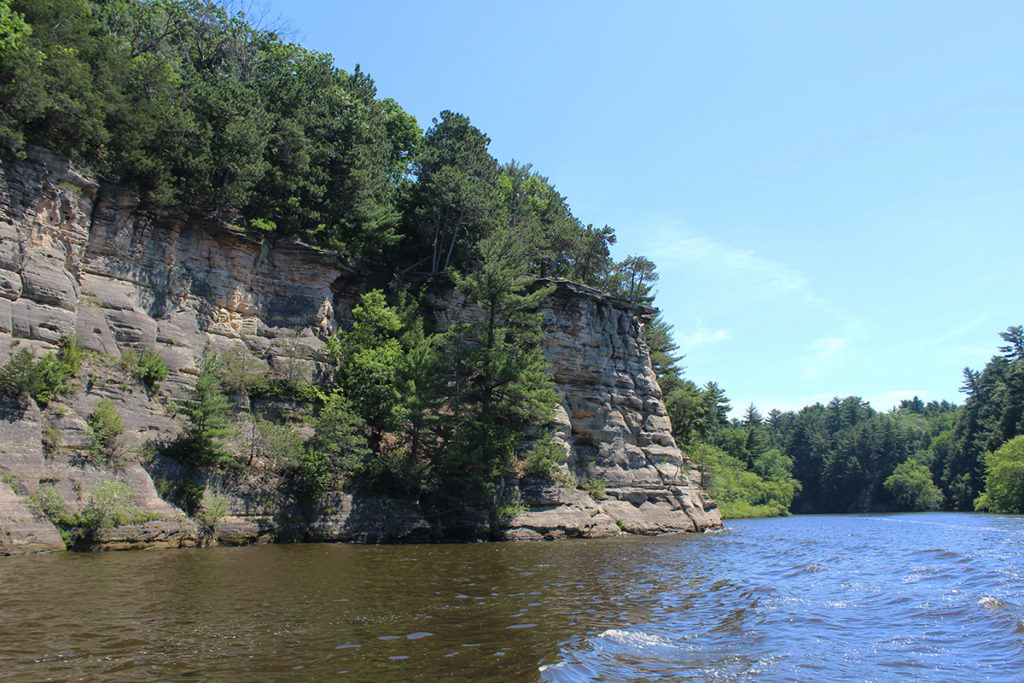

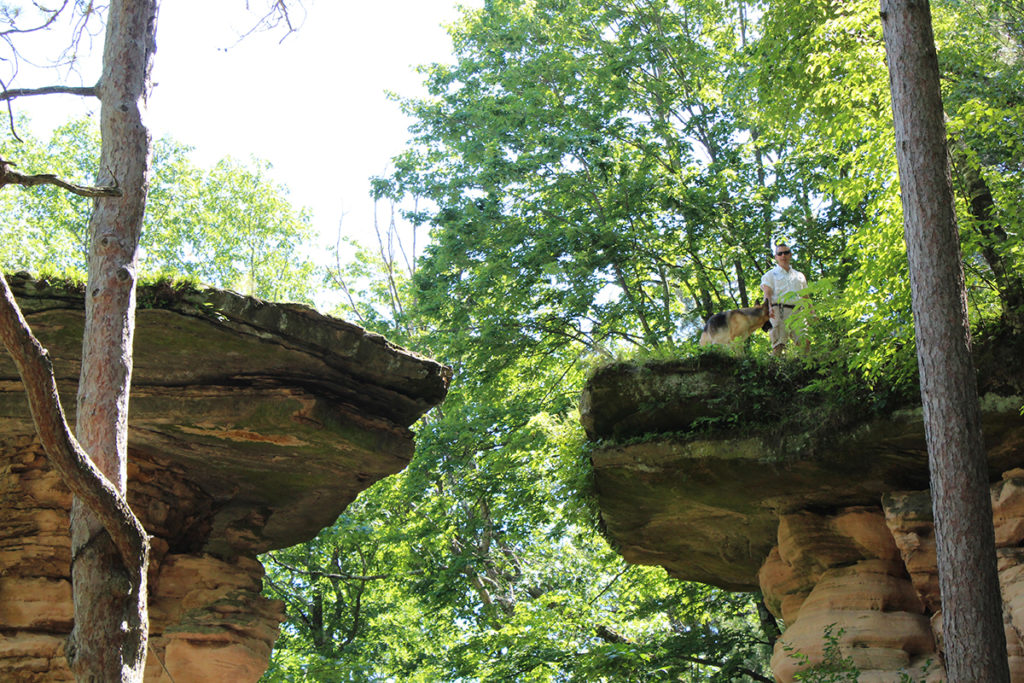
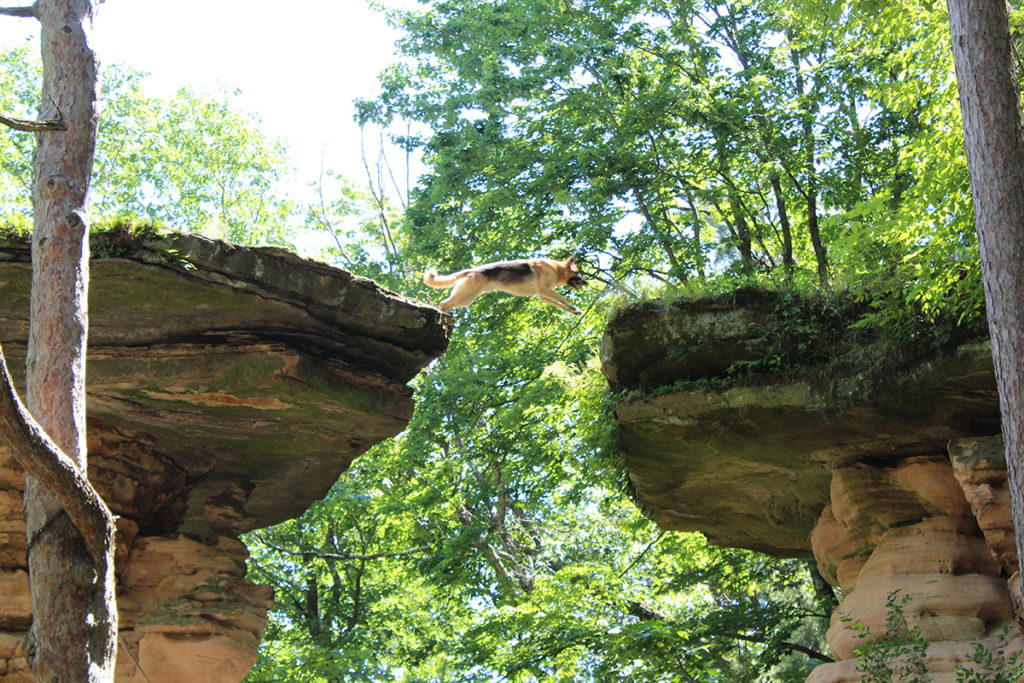
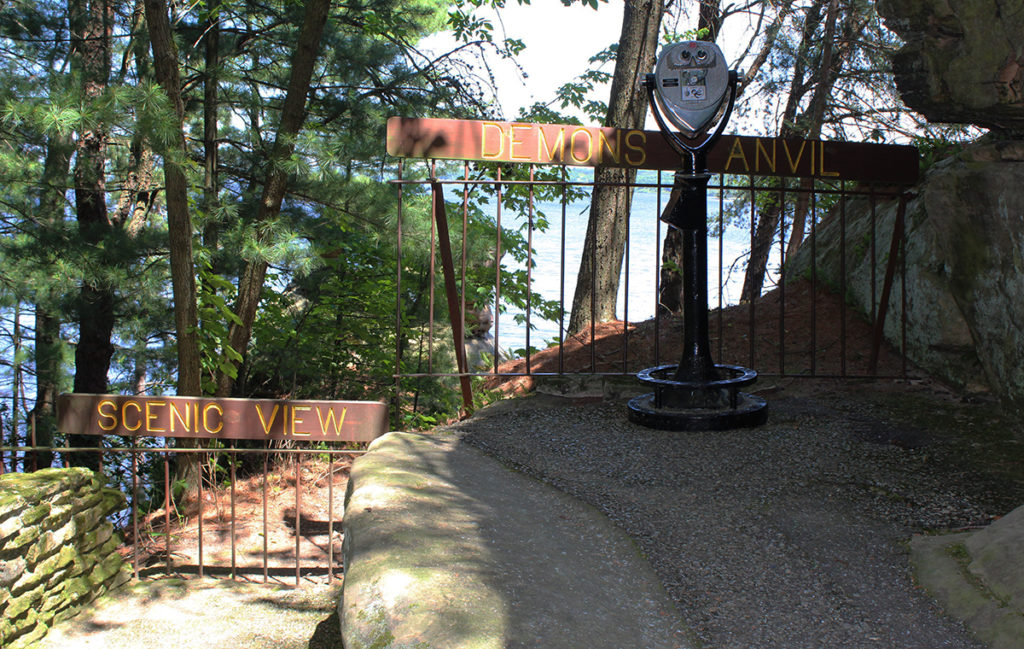
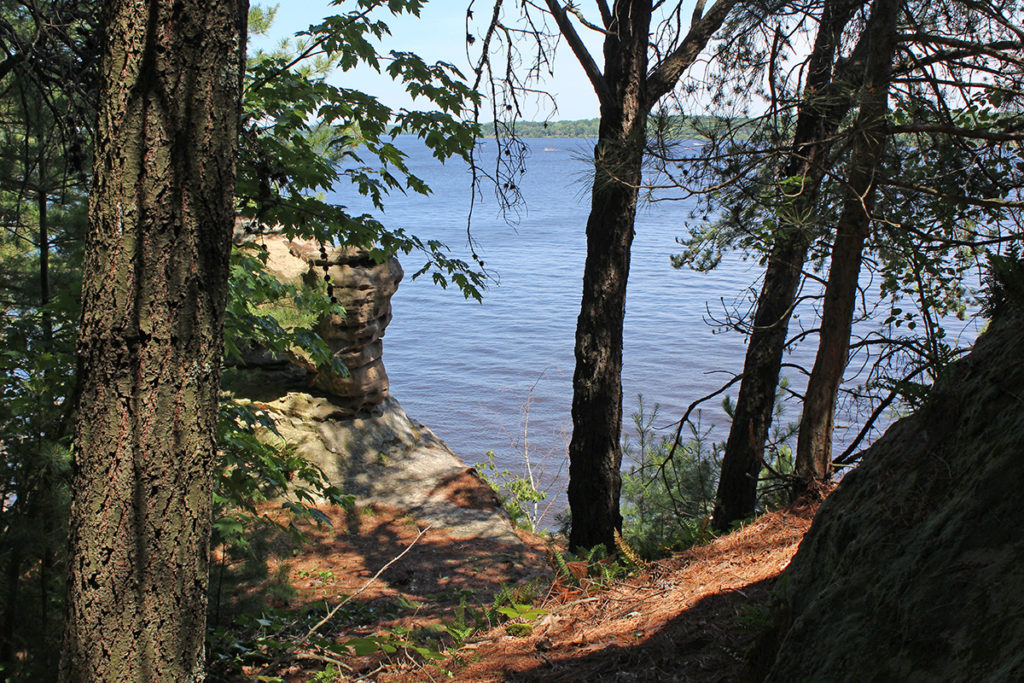
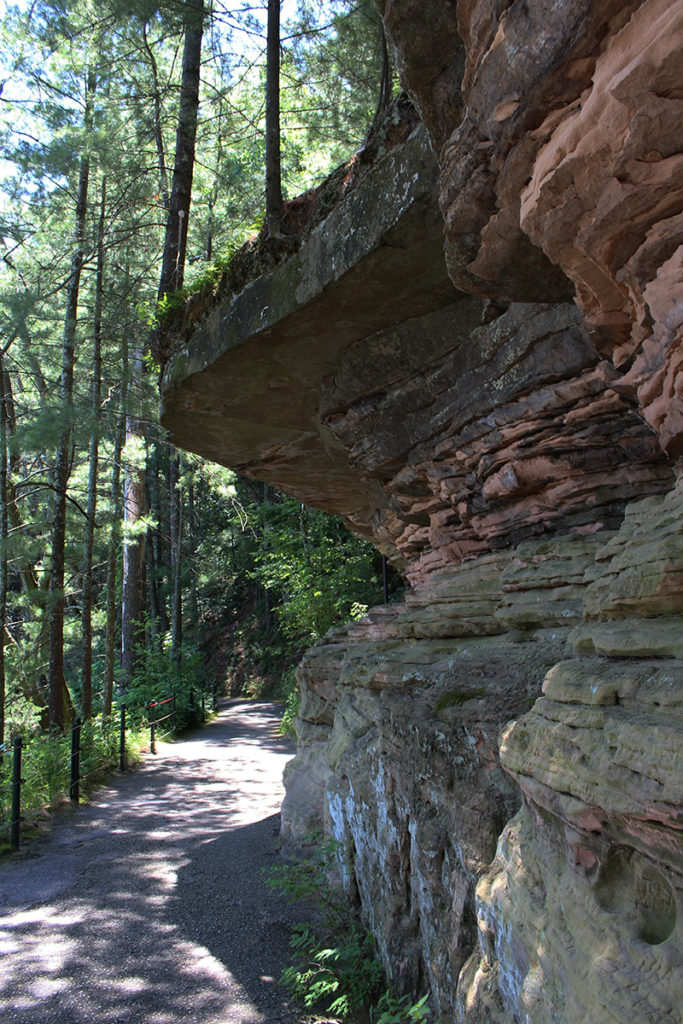
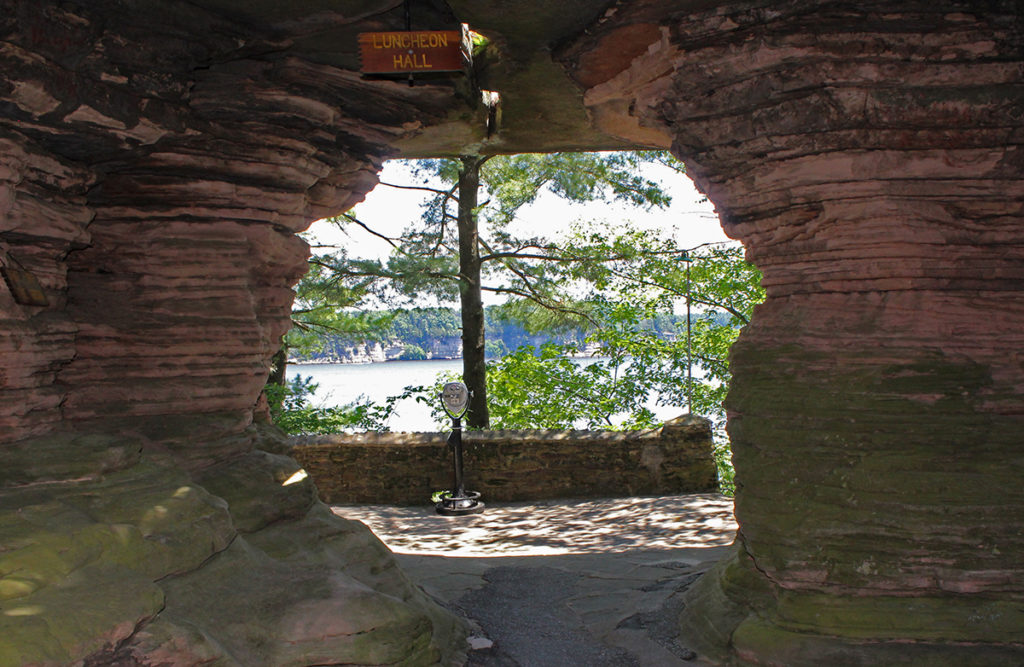
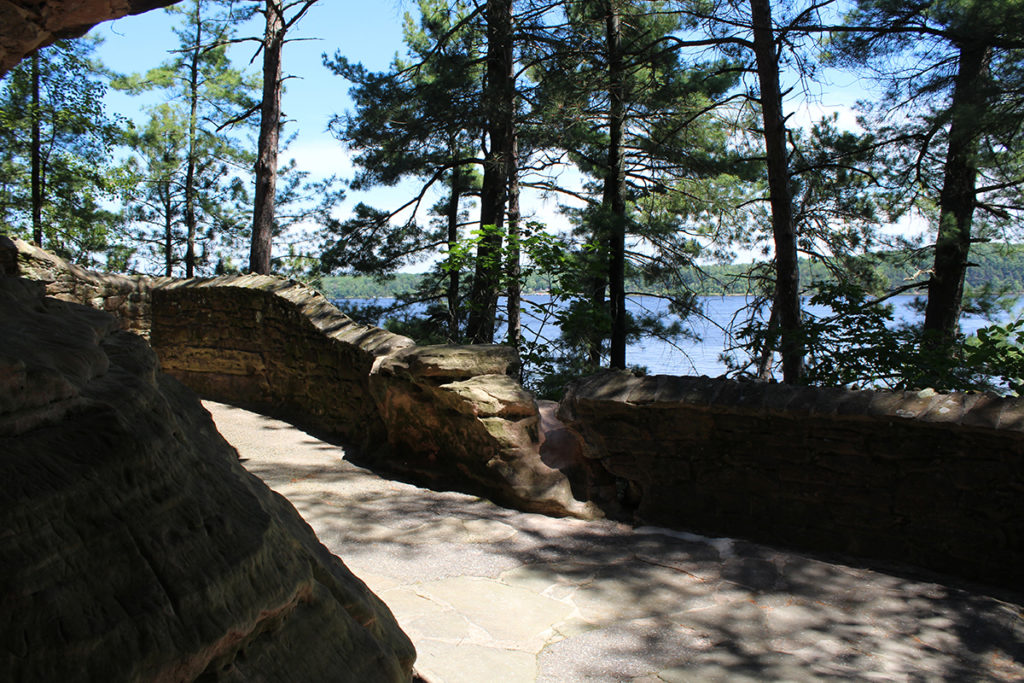
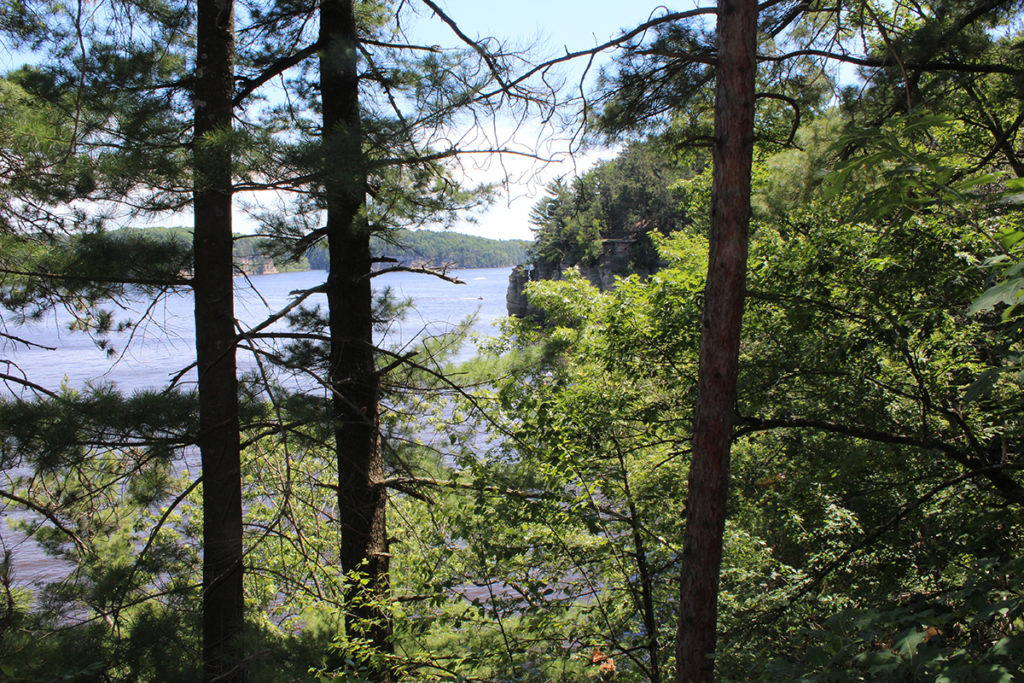
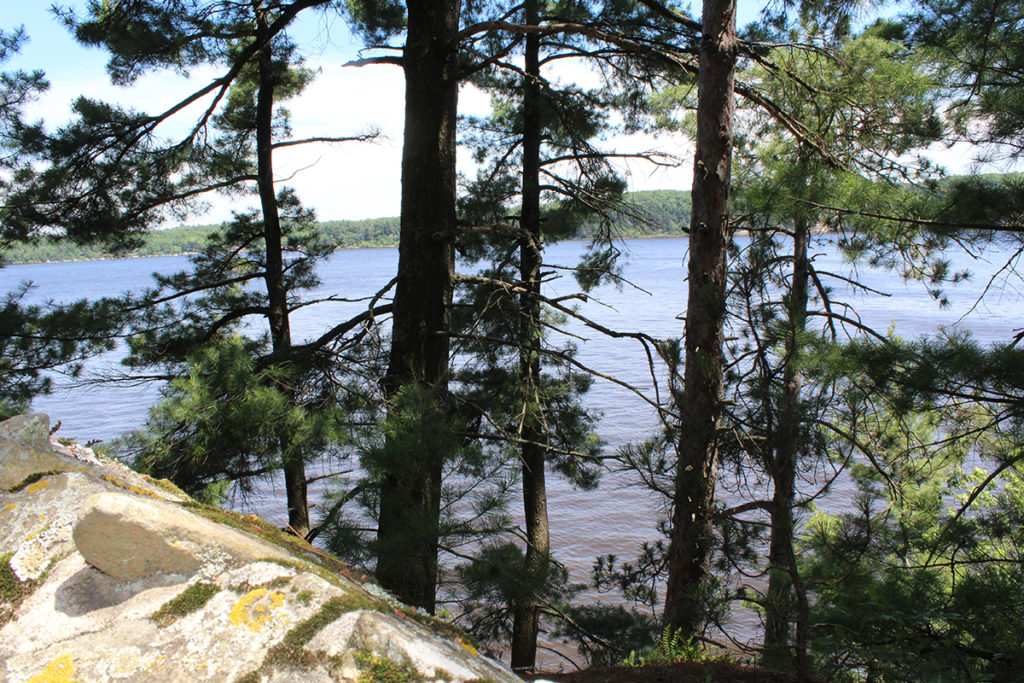
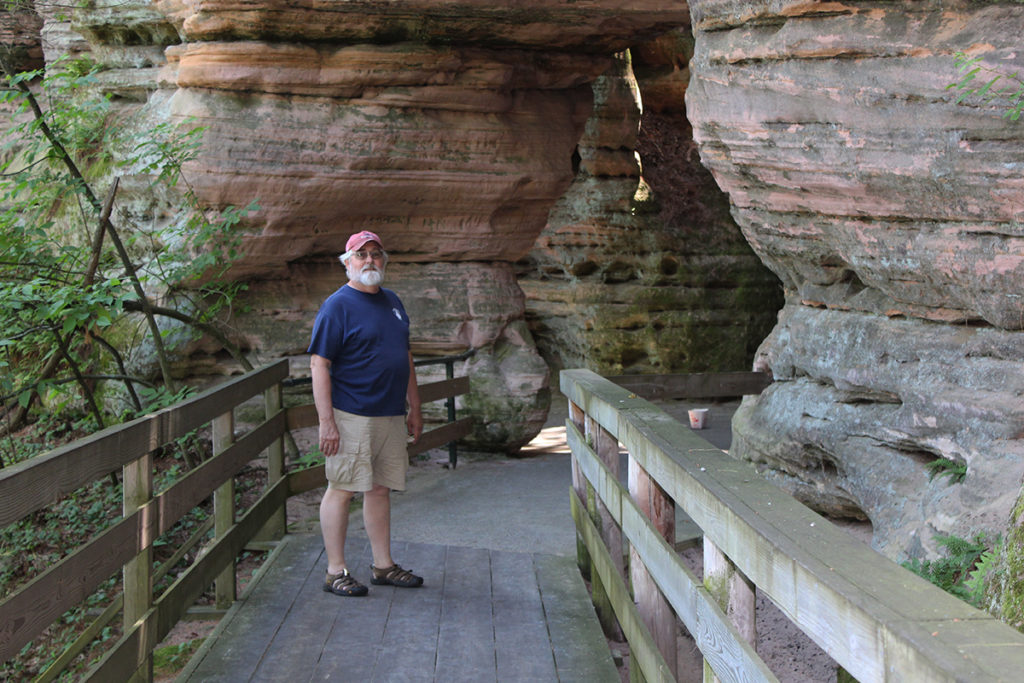
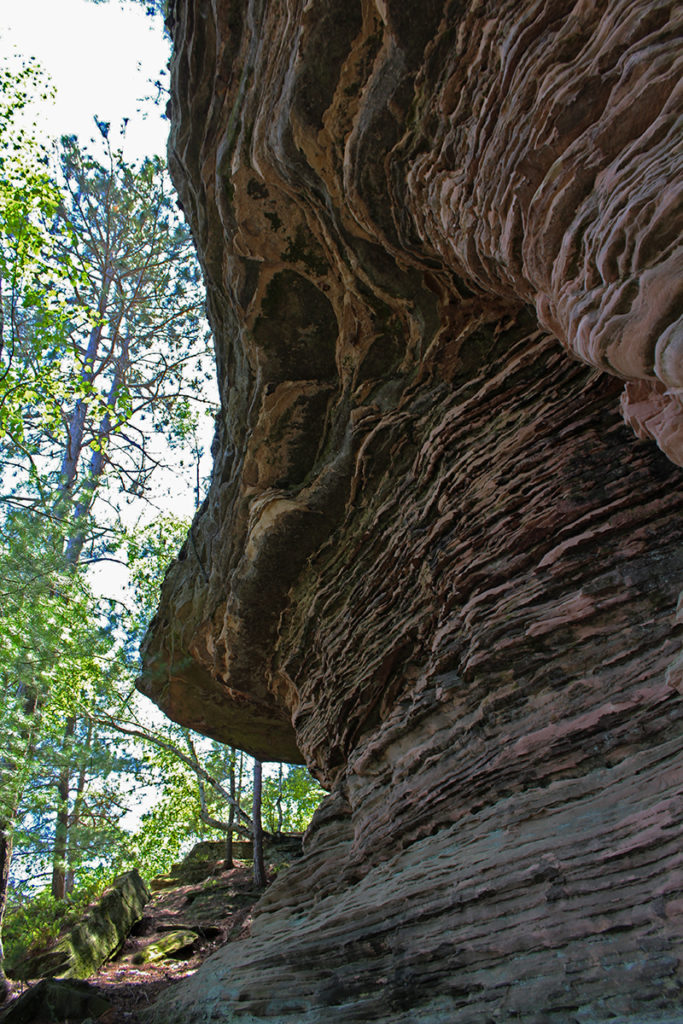
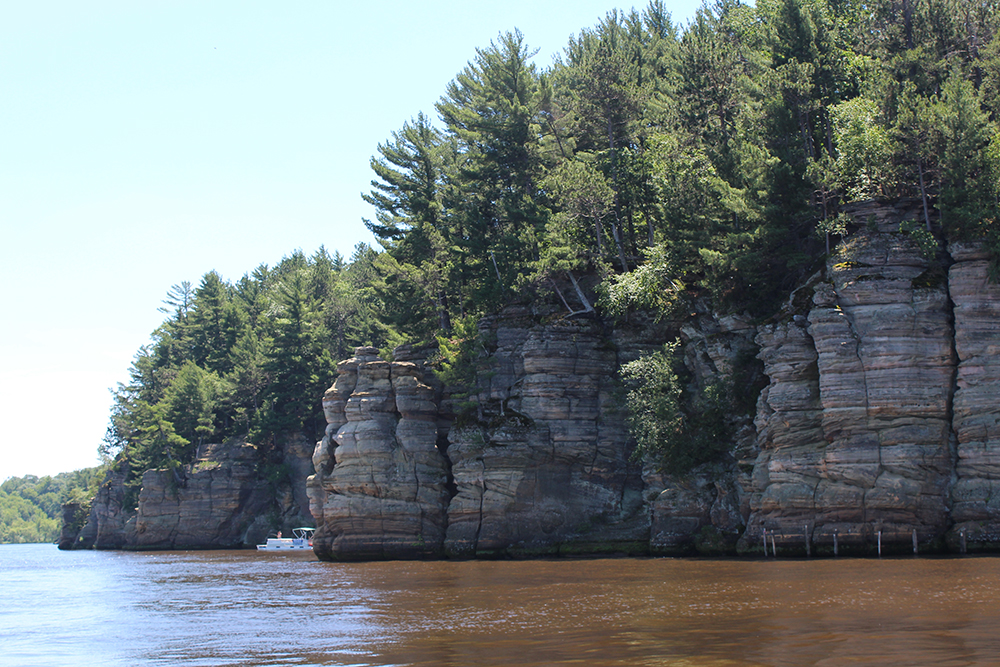
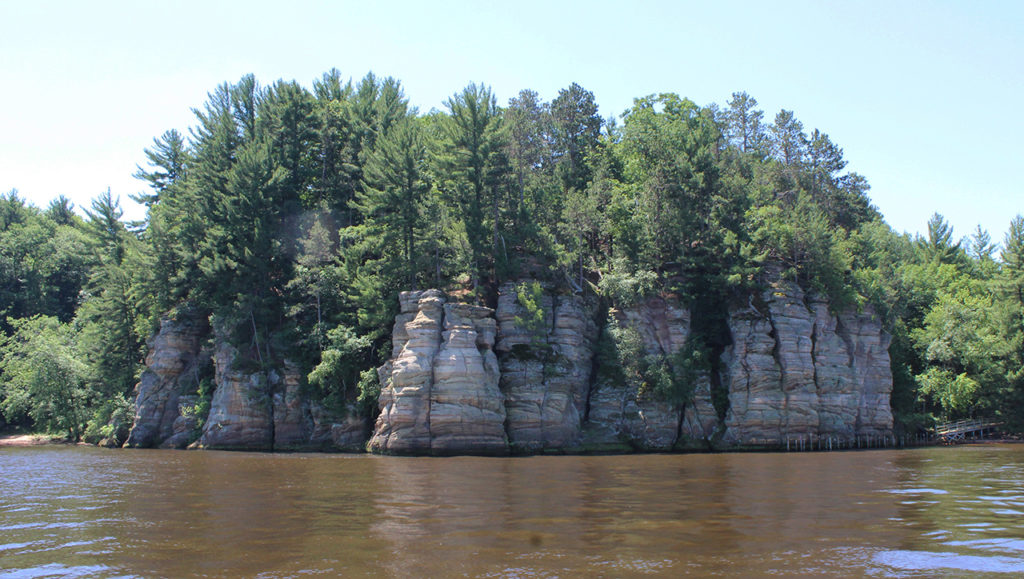
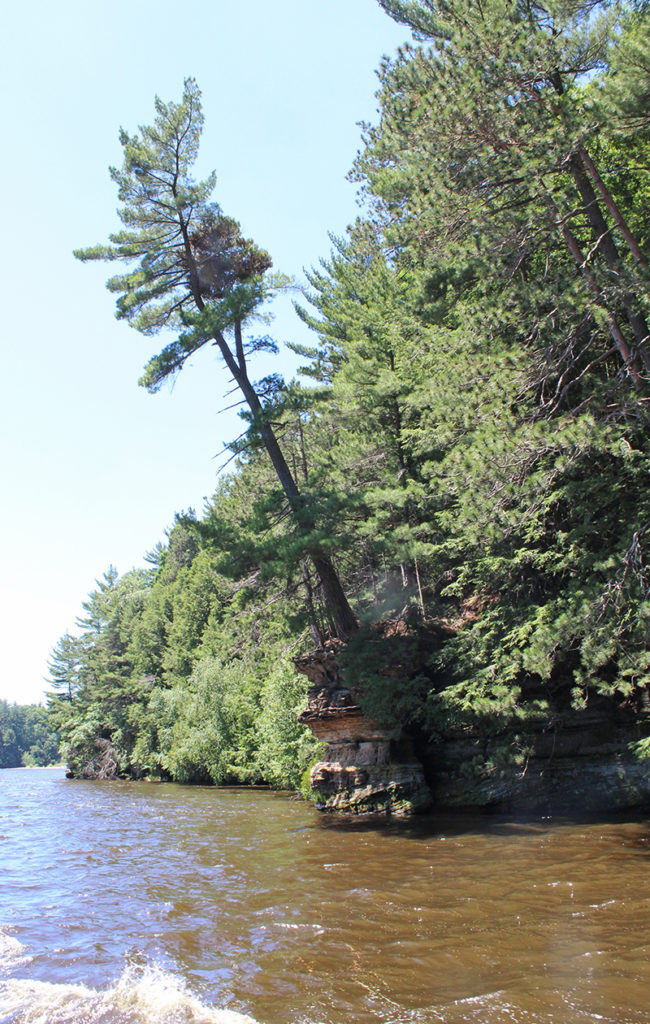

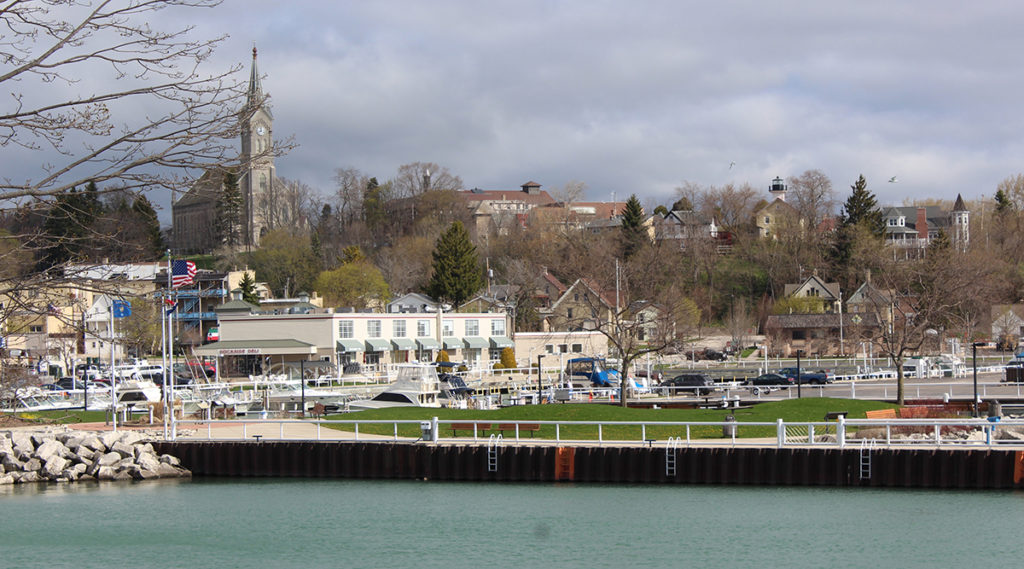
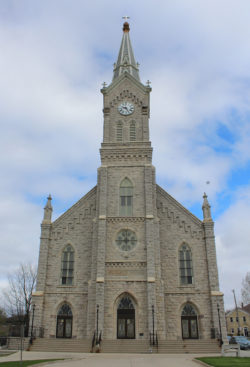 Port Washington is nick-named the
Port Washington is nick-named the 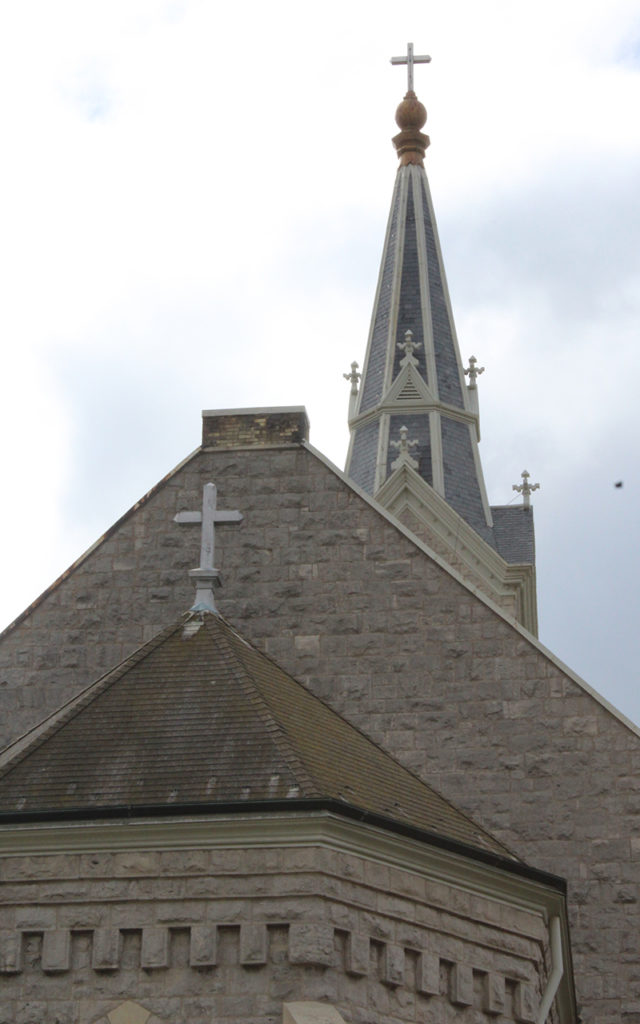
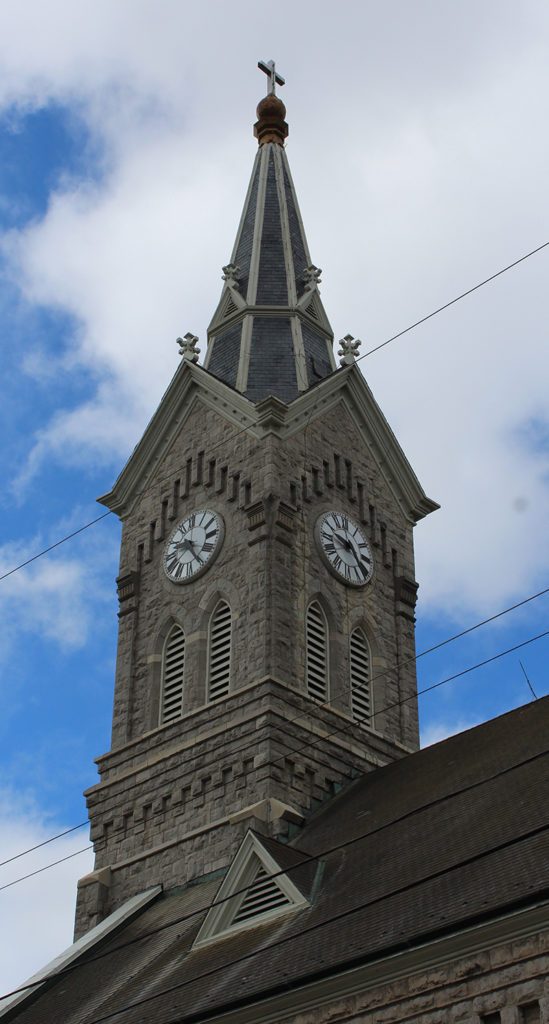
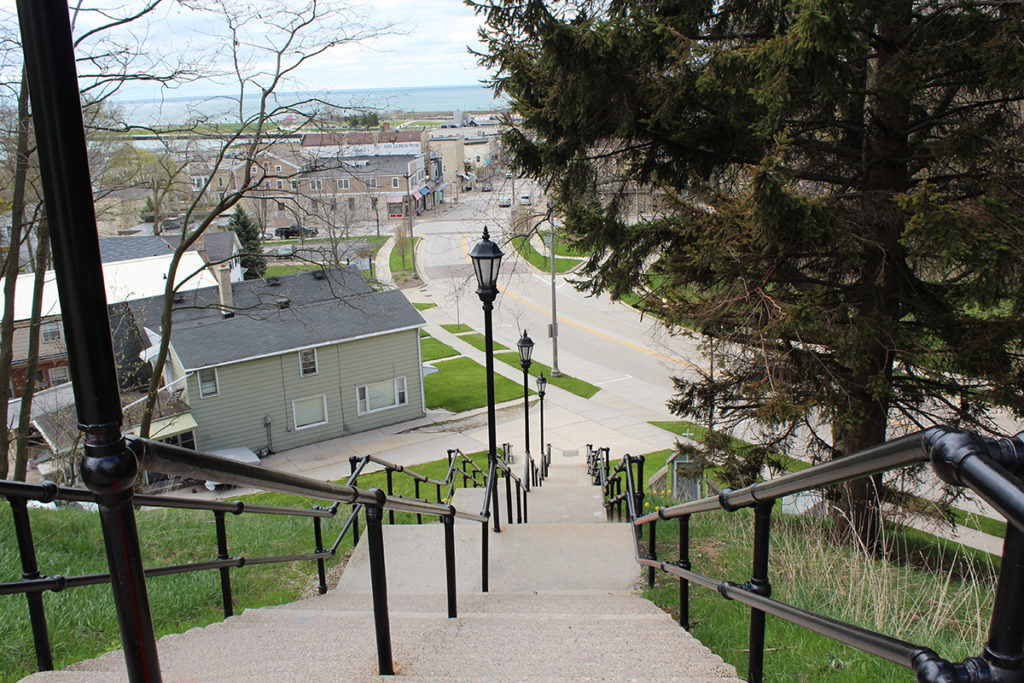
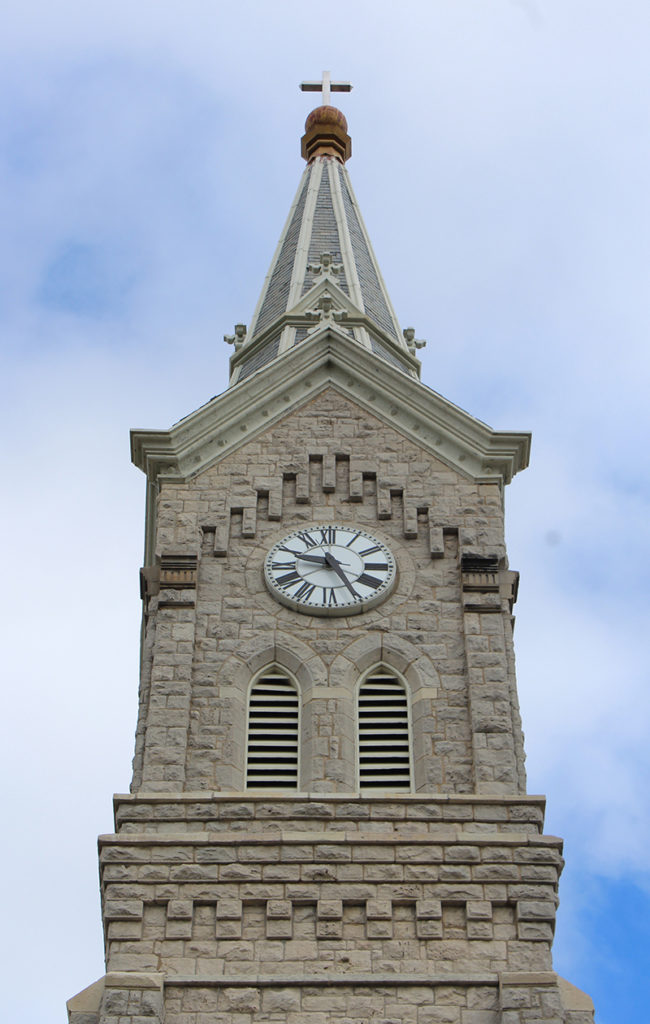
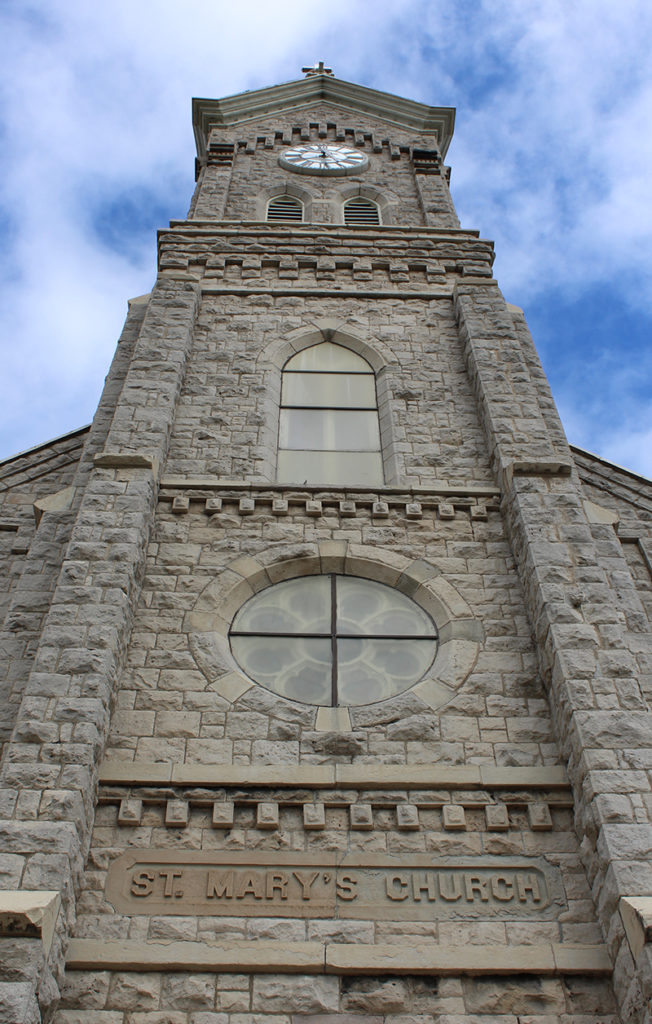
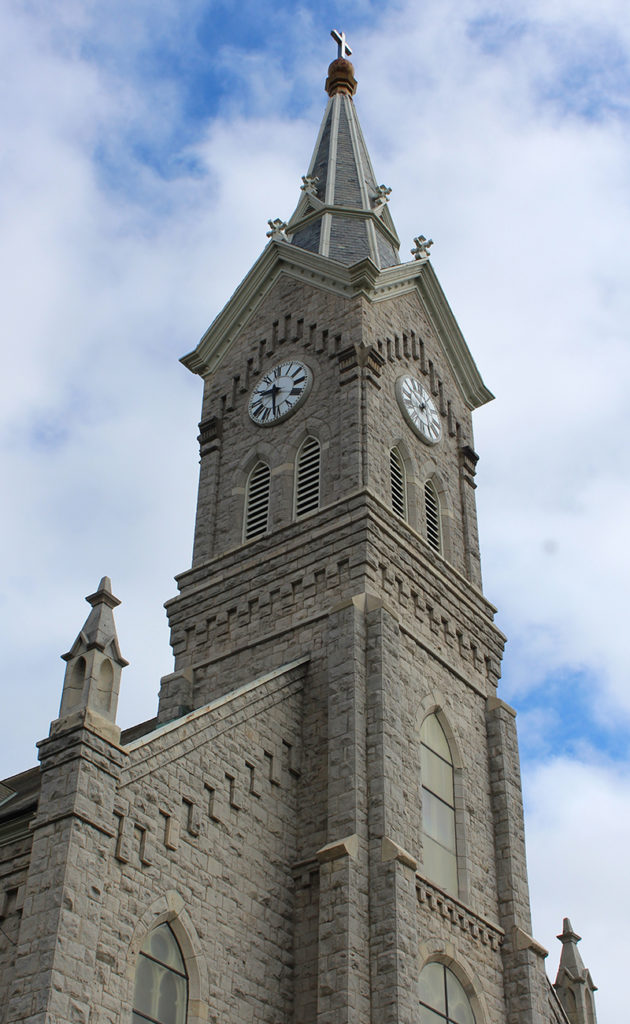
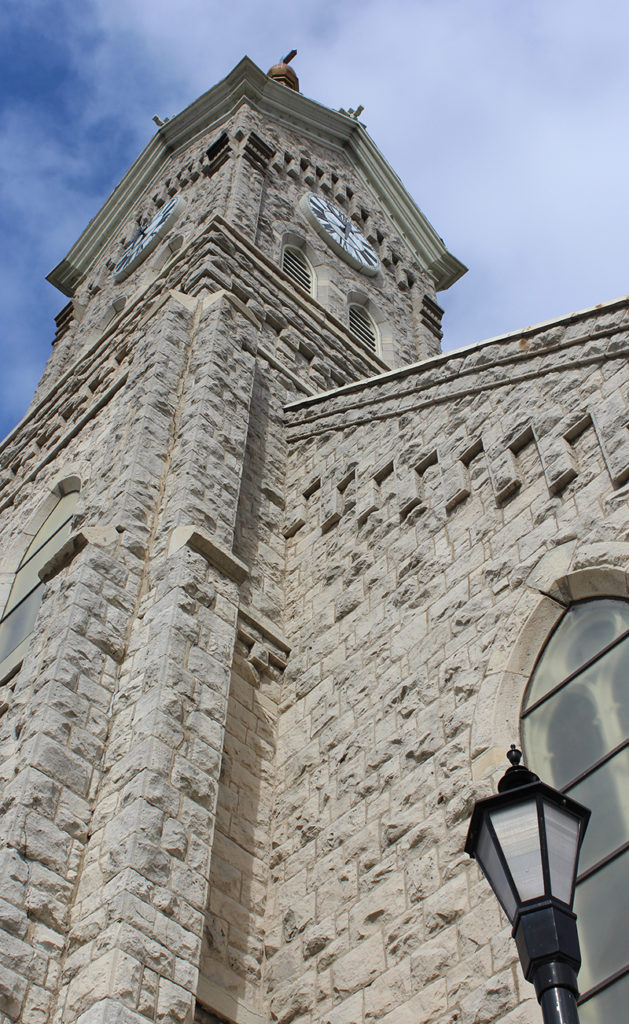
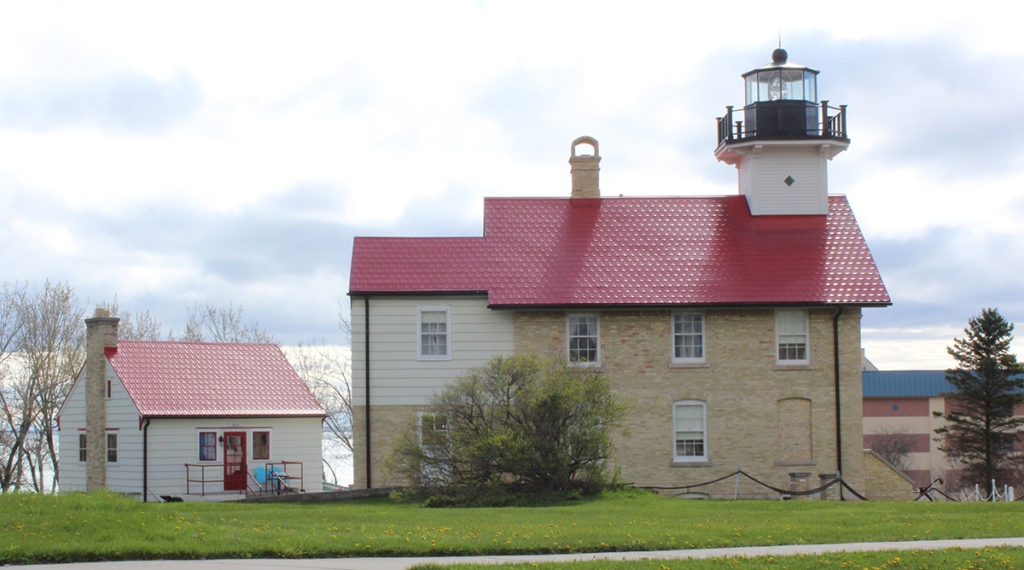
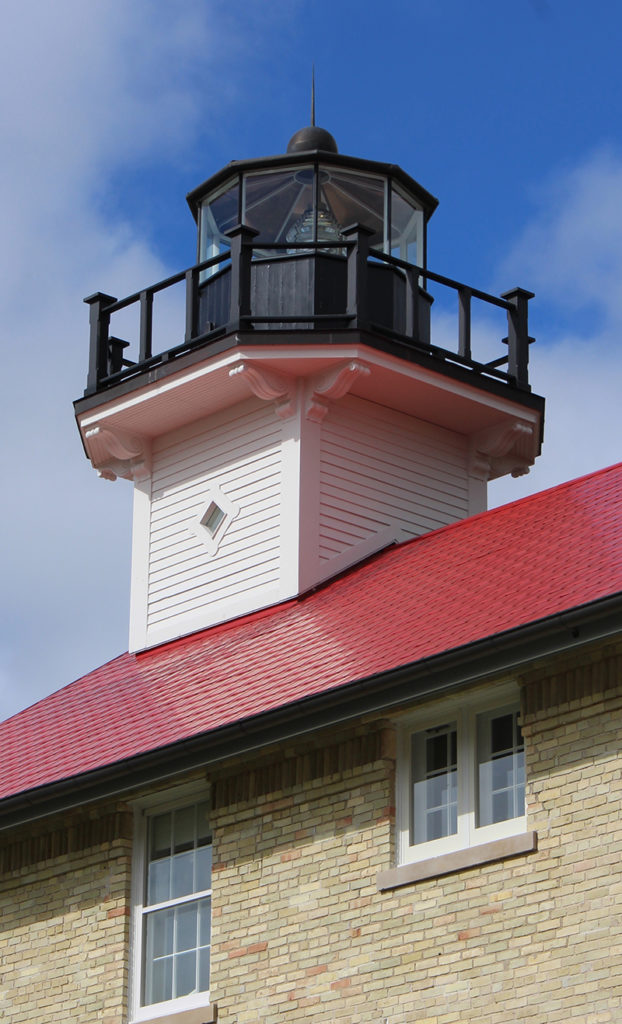
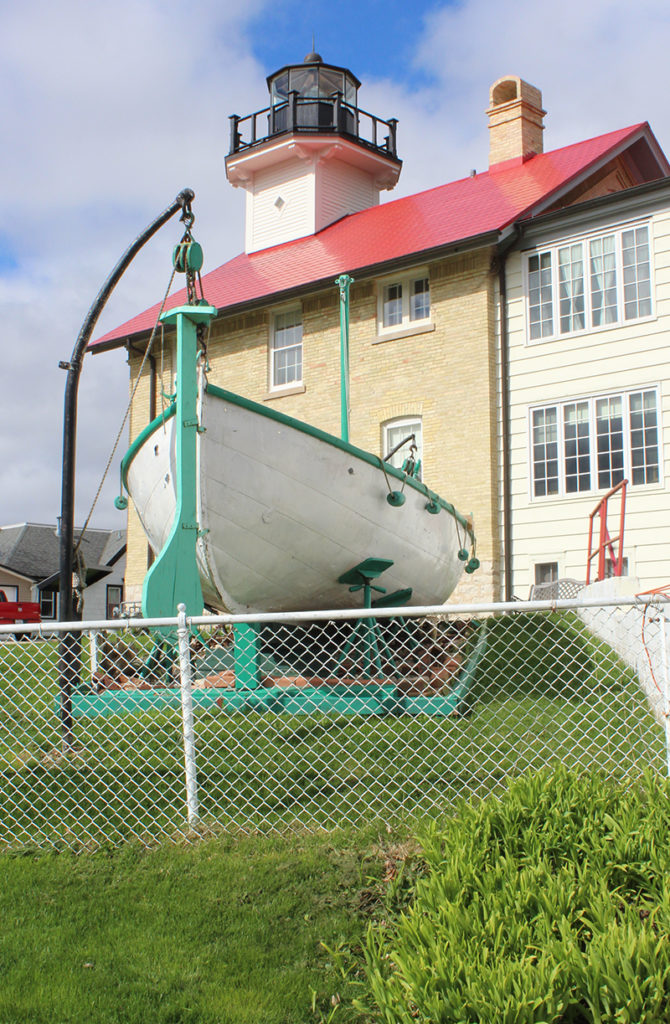
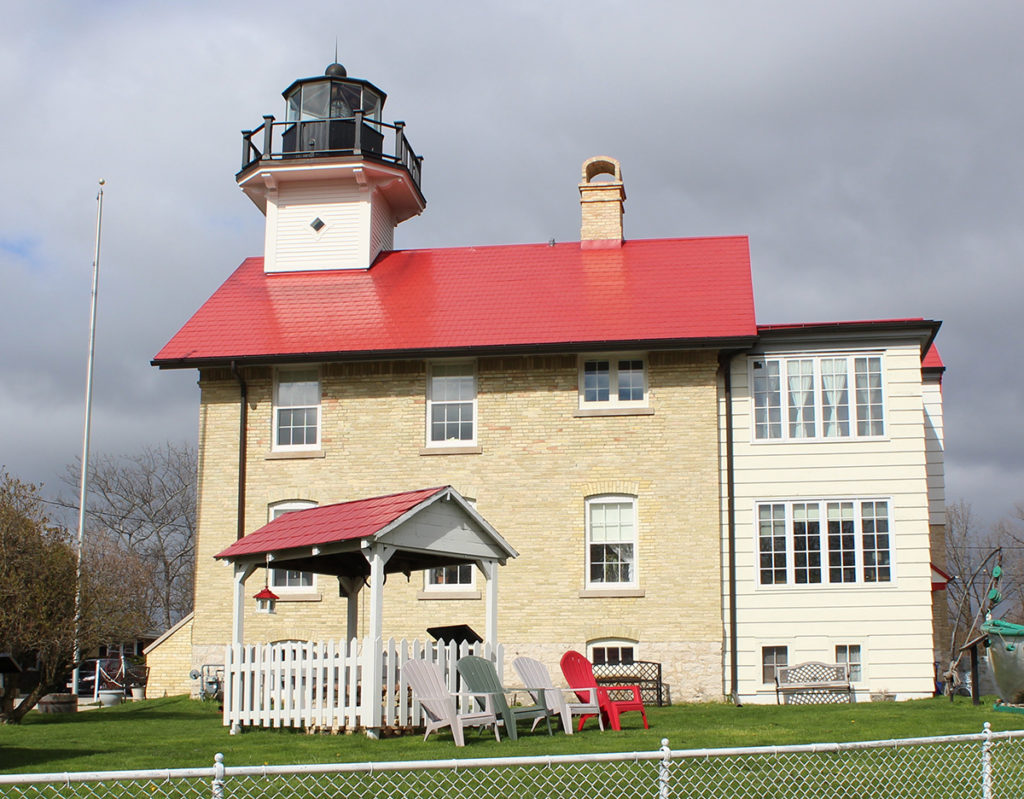
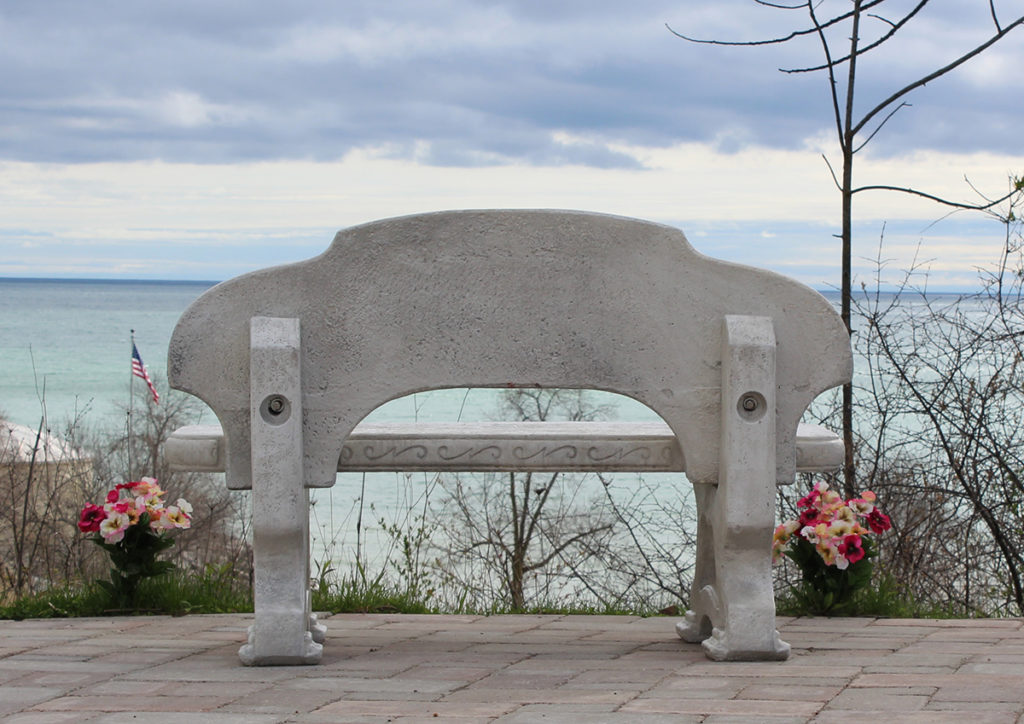
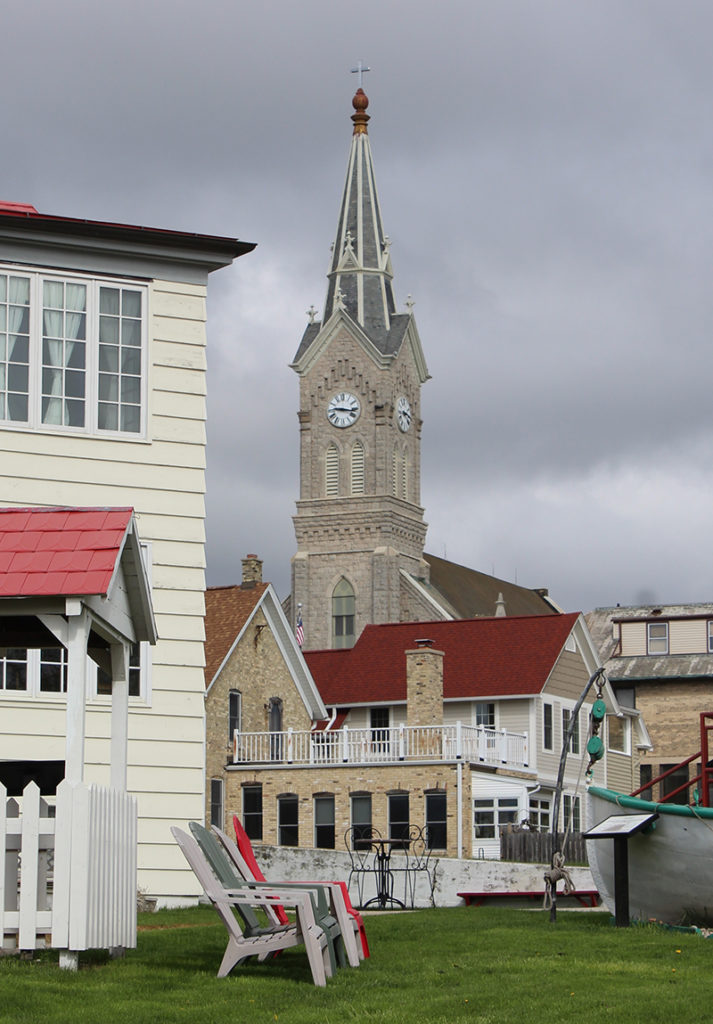
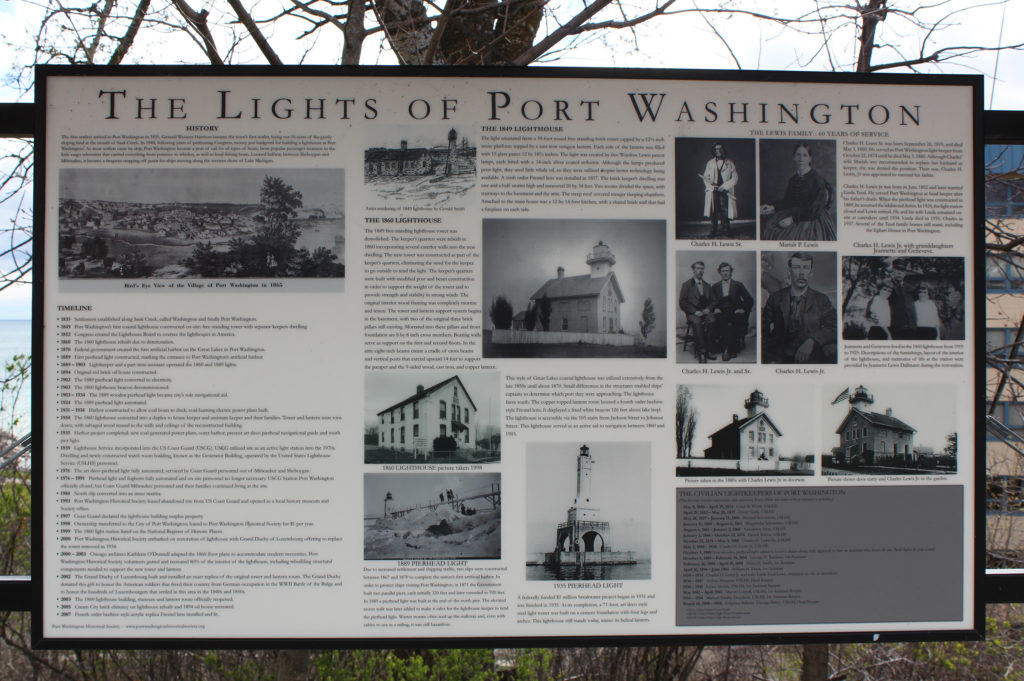
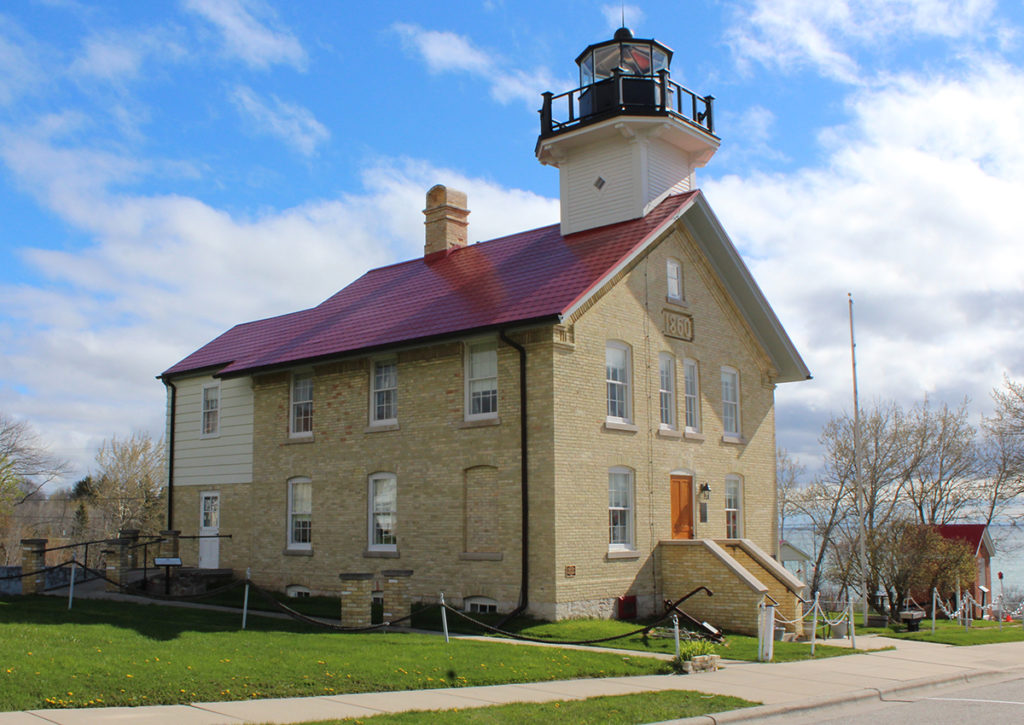
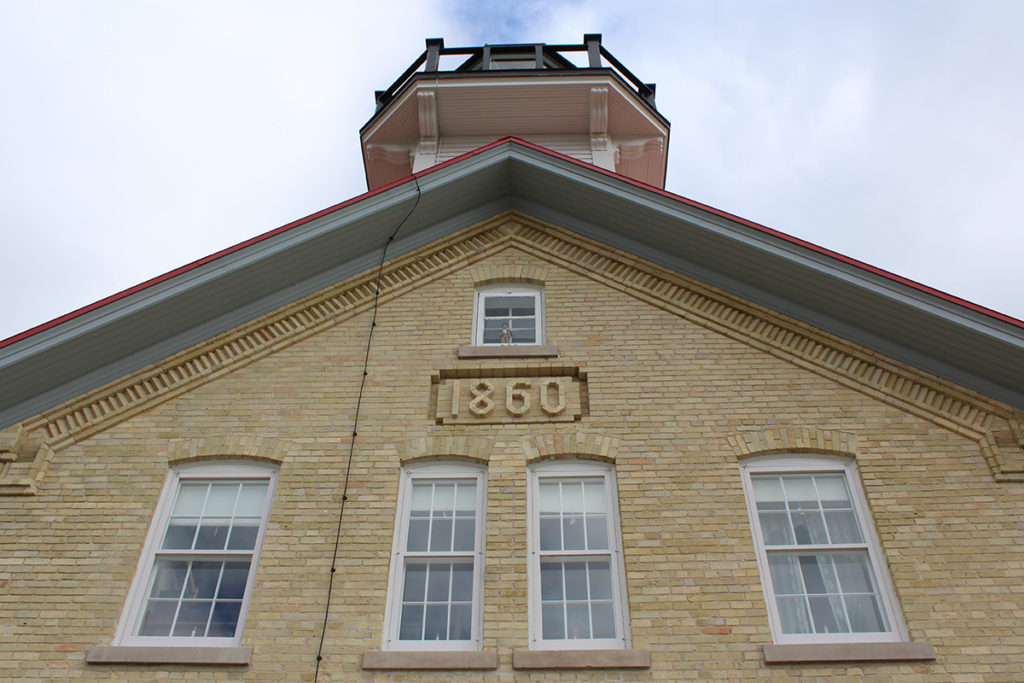
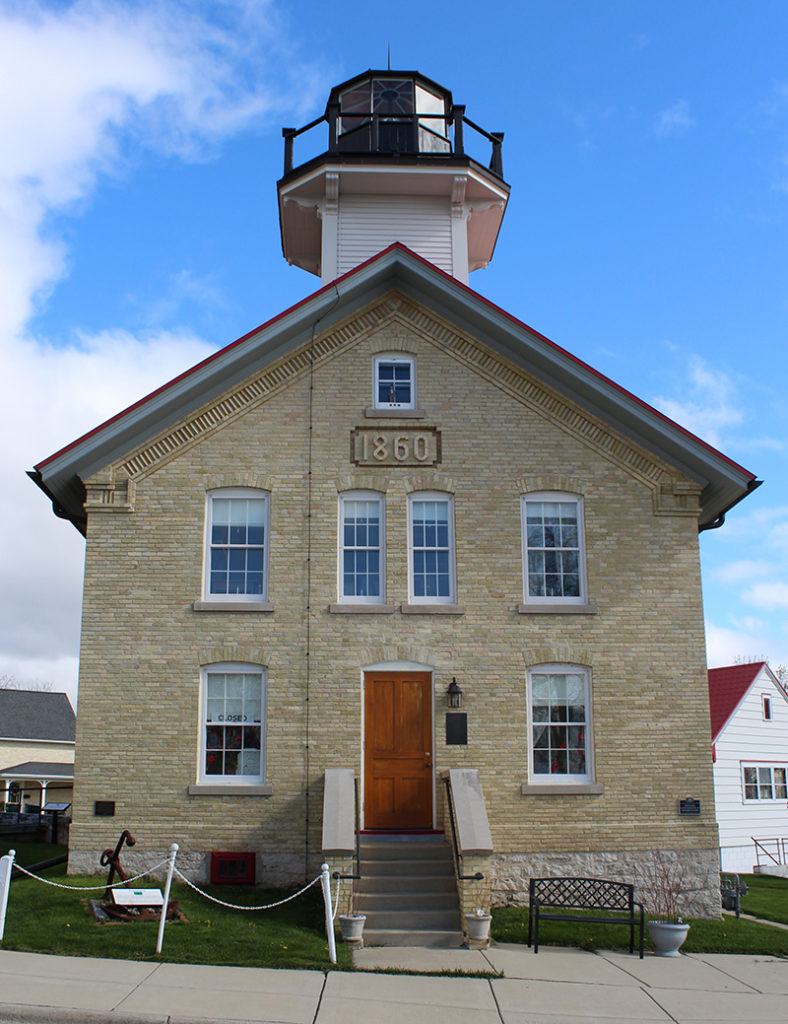
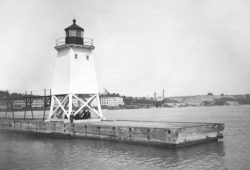 Tours are offered on Fridays (12-4), Saturdays (11-4) and Sundays (12-4) from Memorial Day to mid-October. We took our first tour last summer and it was very interesting! A little tight squeeze to get up to the top, but so worth it. Volunteers give the tours and I am always amazed at the hard work and dedication it must have taken to be a lighthouse keeper back in the day.
Tours are offered on Fridays (12-4), Saturdays (11-4) and Sundays (12-4) from Memorial Day to mid-October. We took our first tour last summer and it was very interesting! A little tight squeeze to get up to the top, but so worth it. Volunteers give the tours and I am always amazed at the hard work and dedication it must have taken to be a lighthouse keeper back in the day.